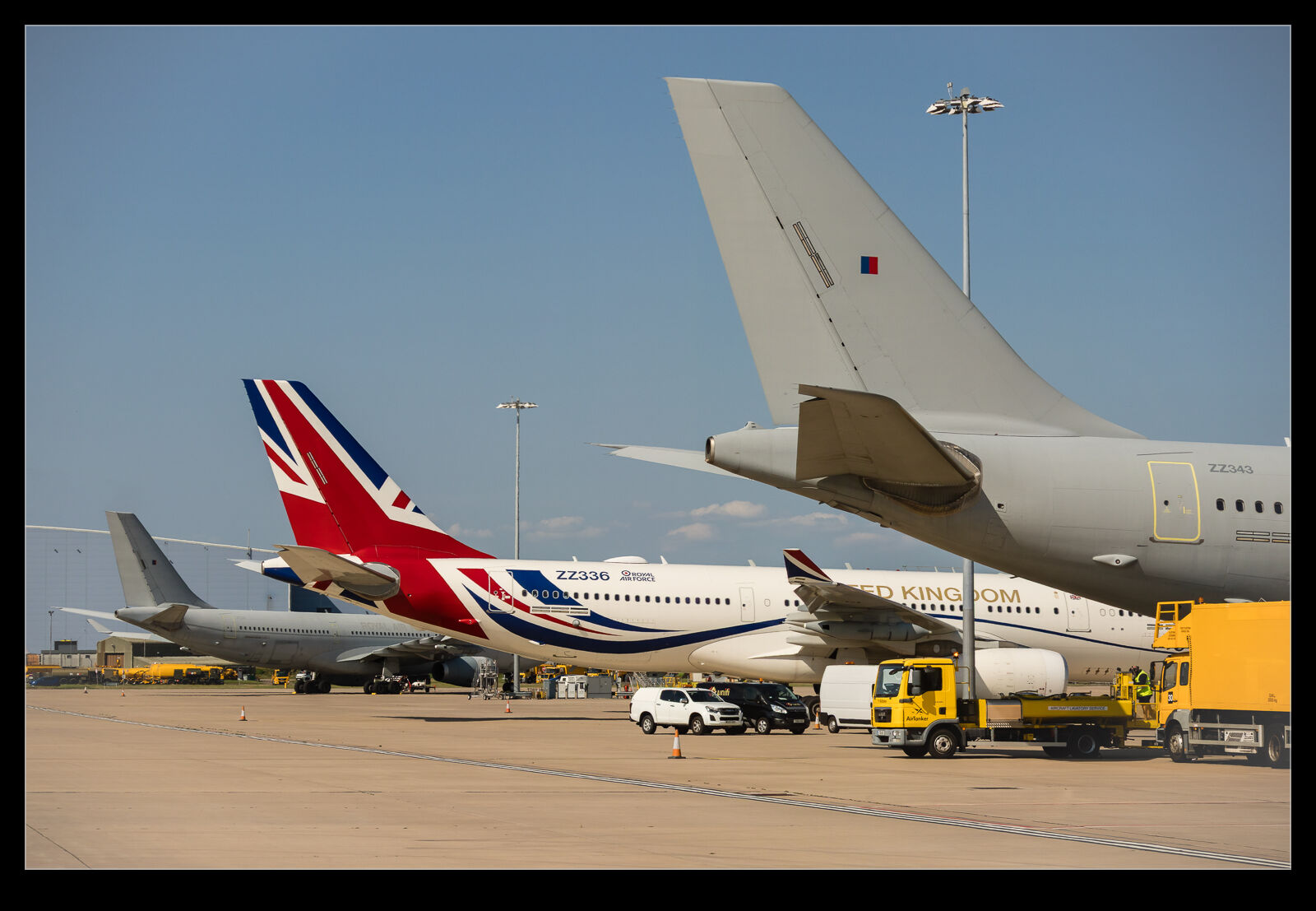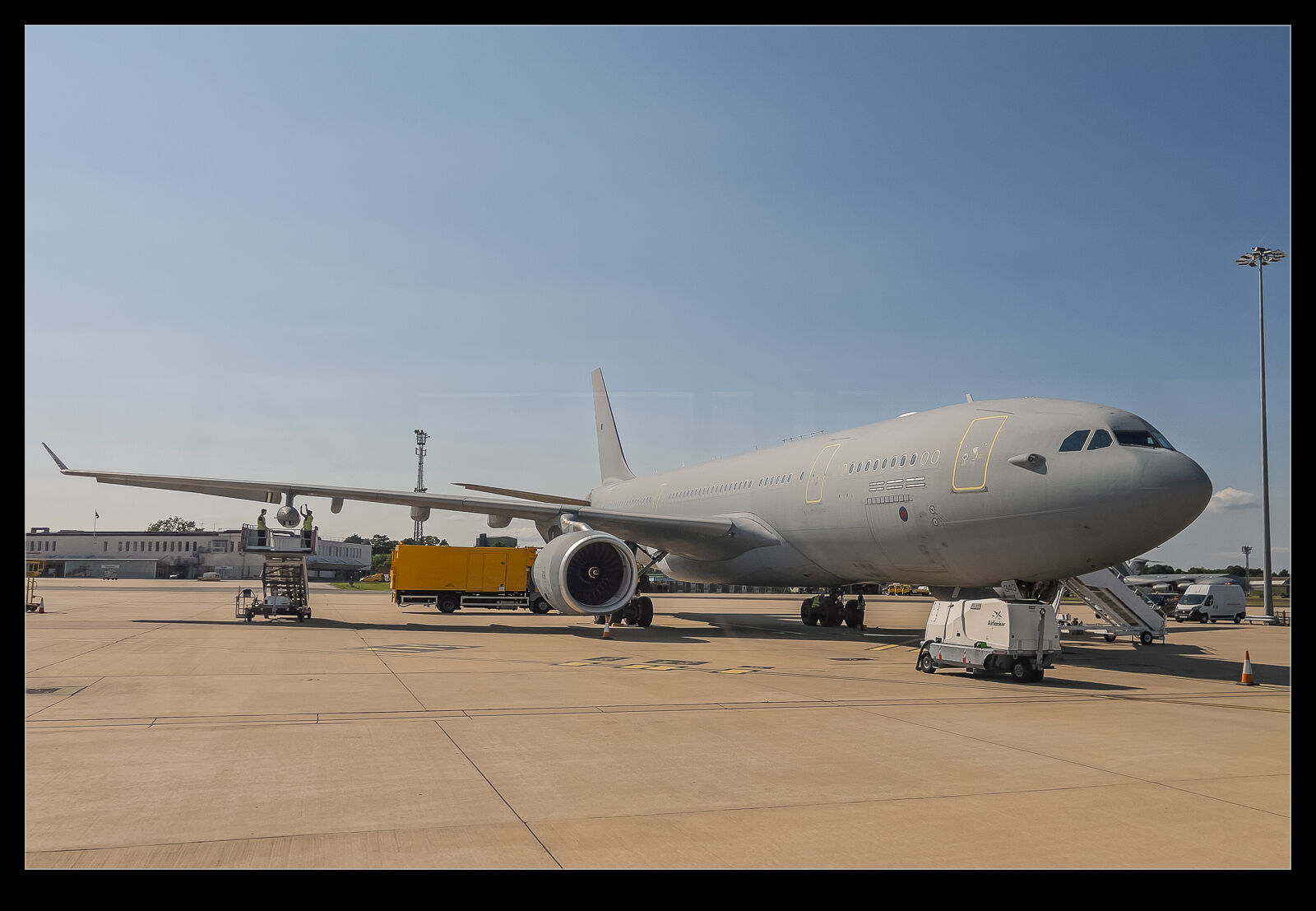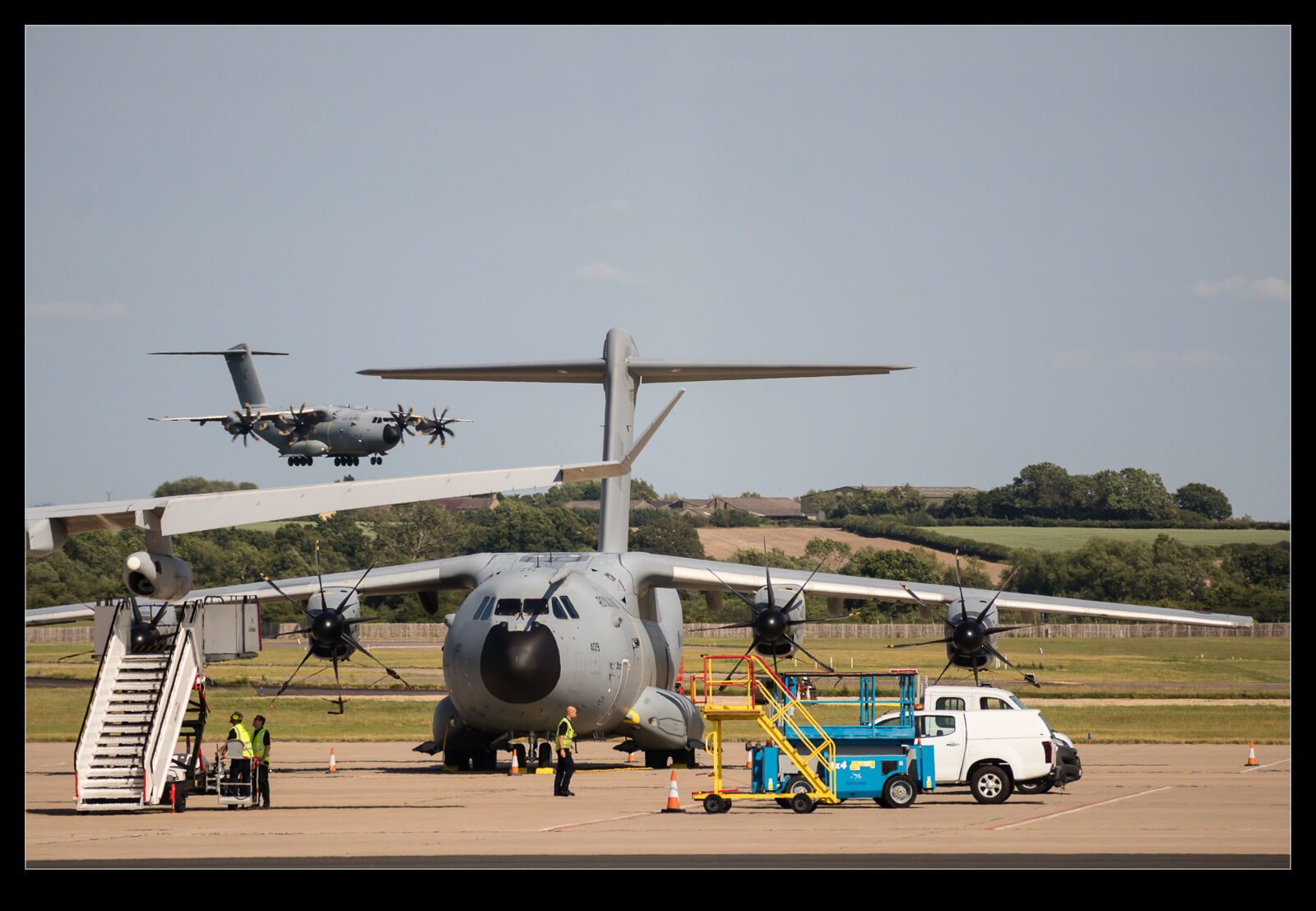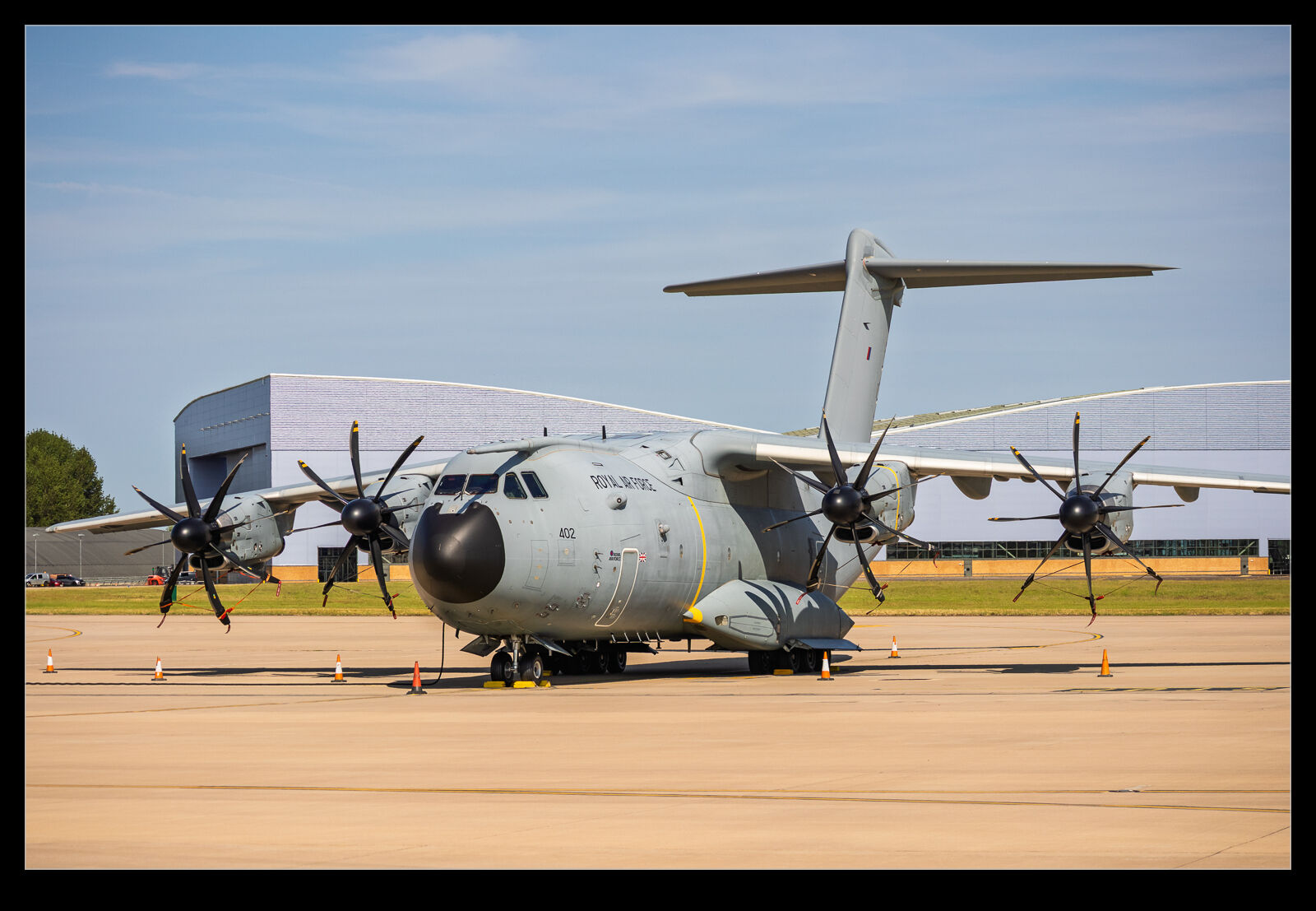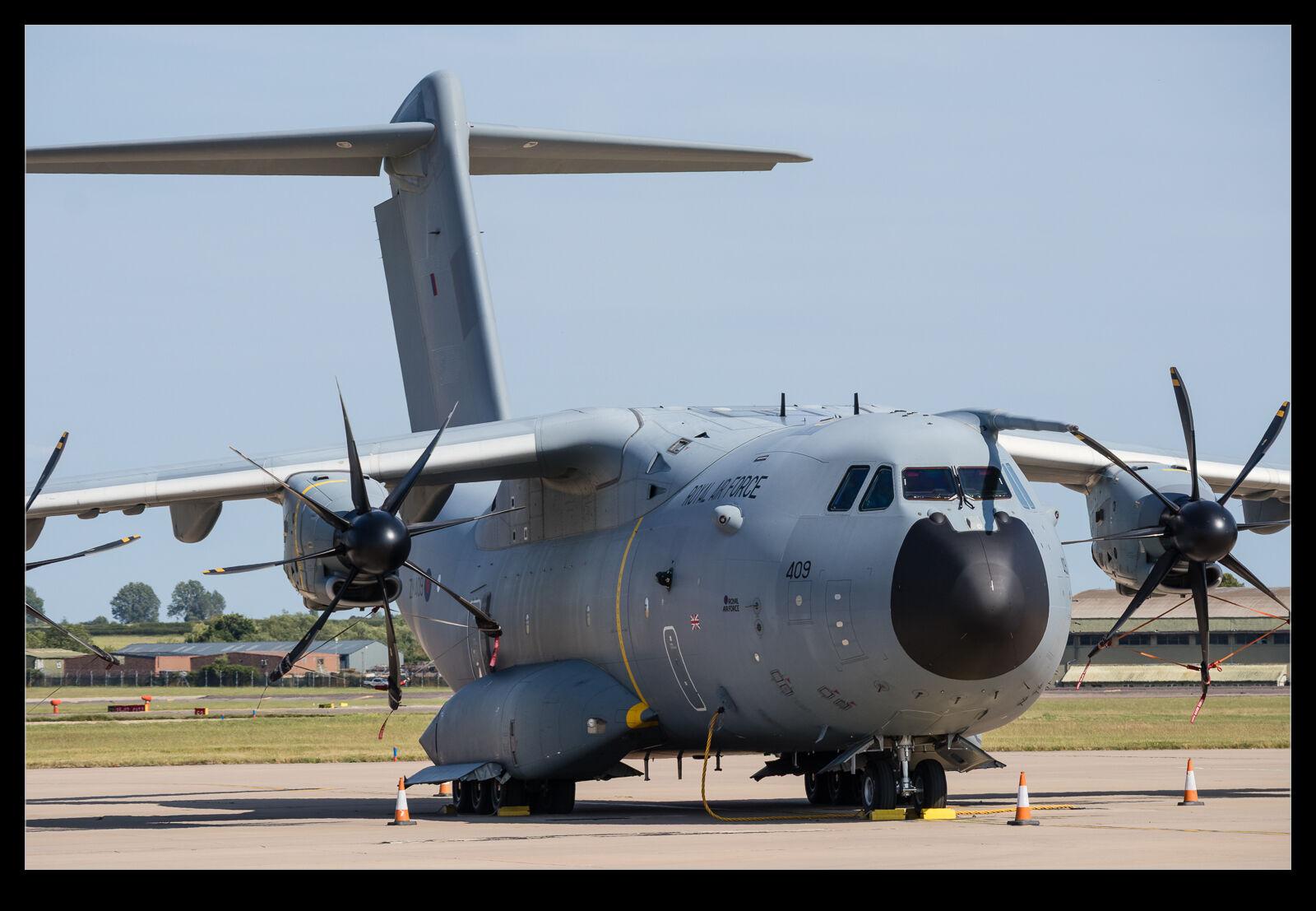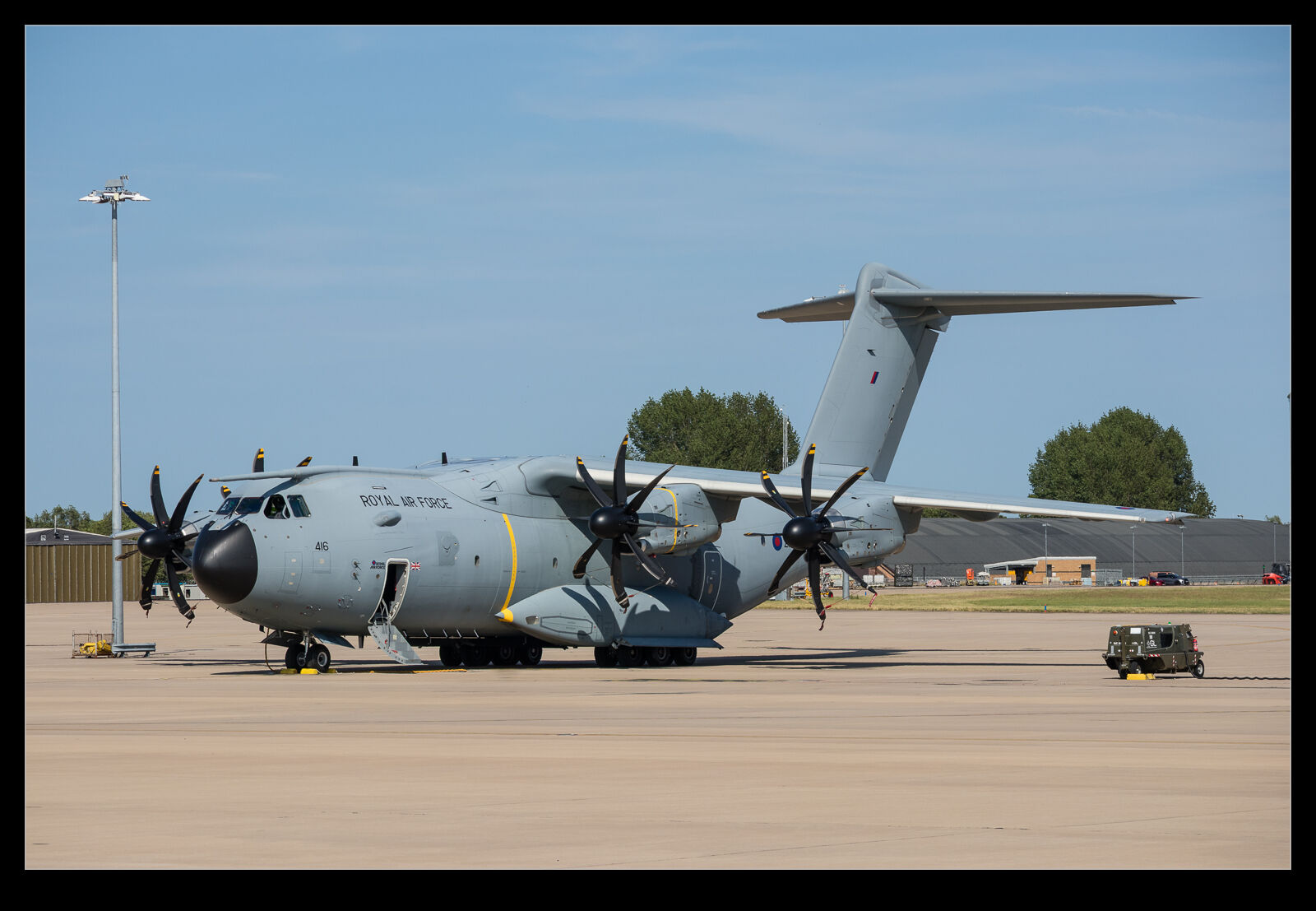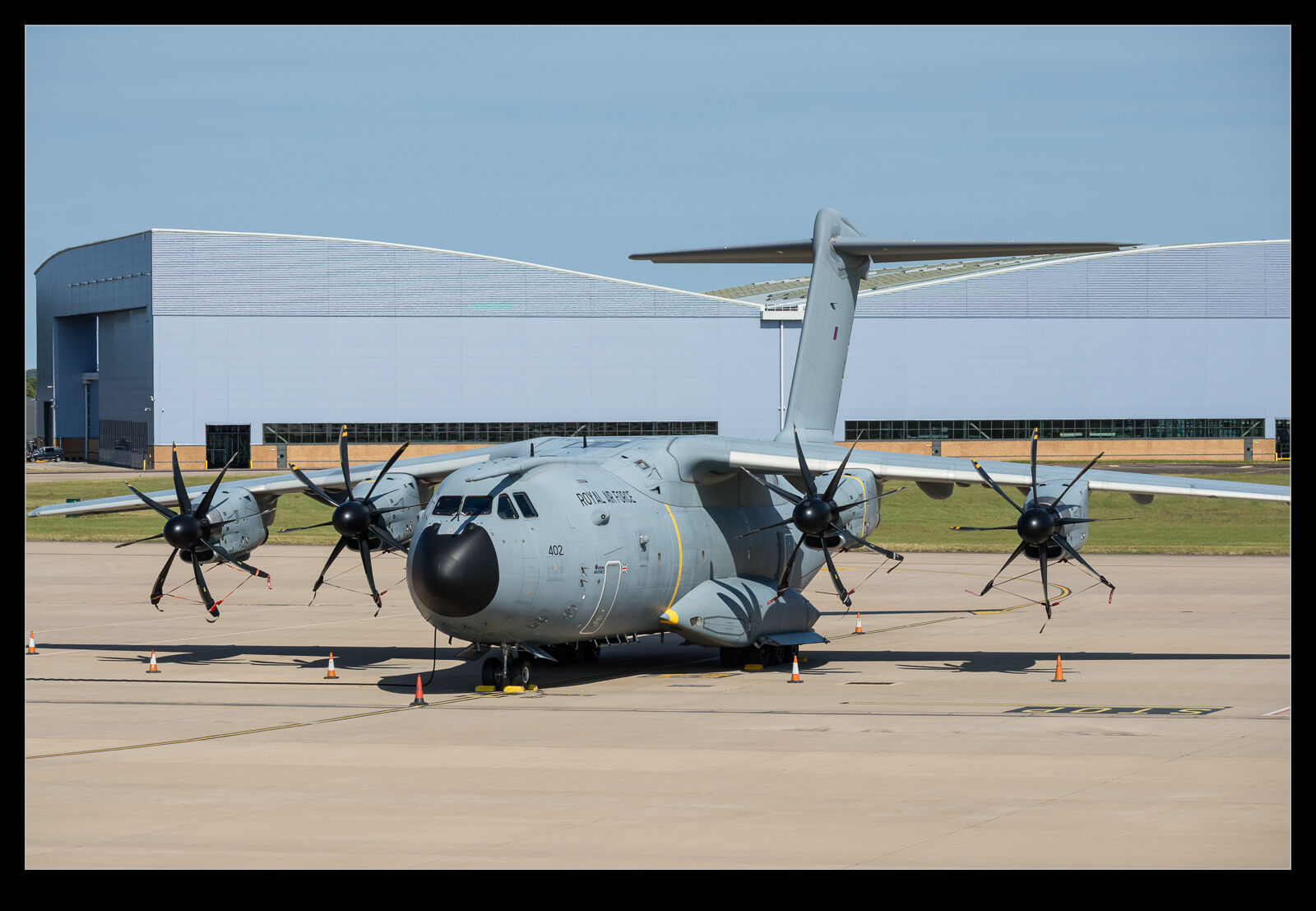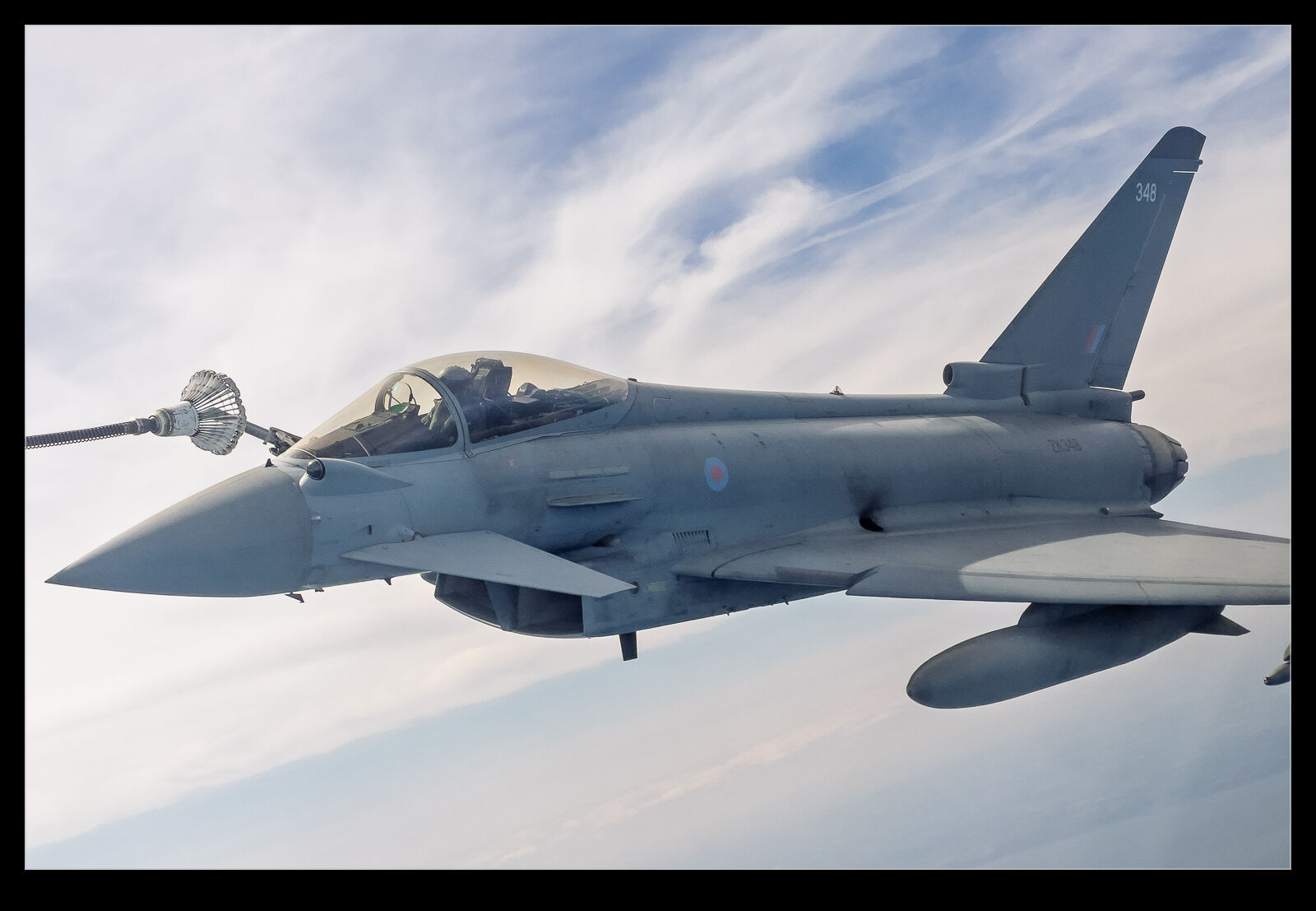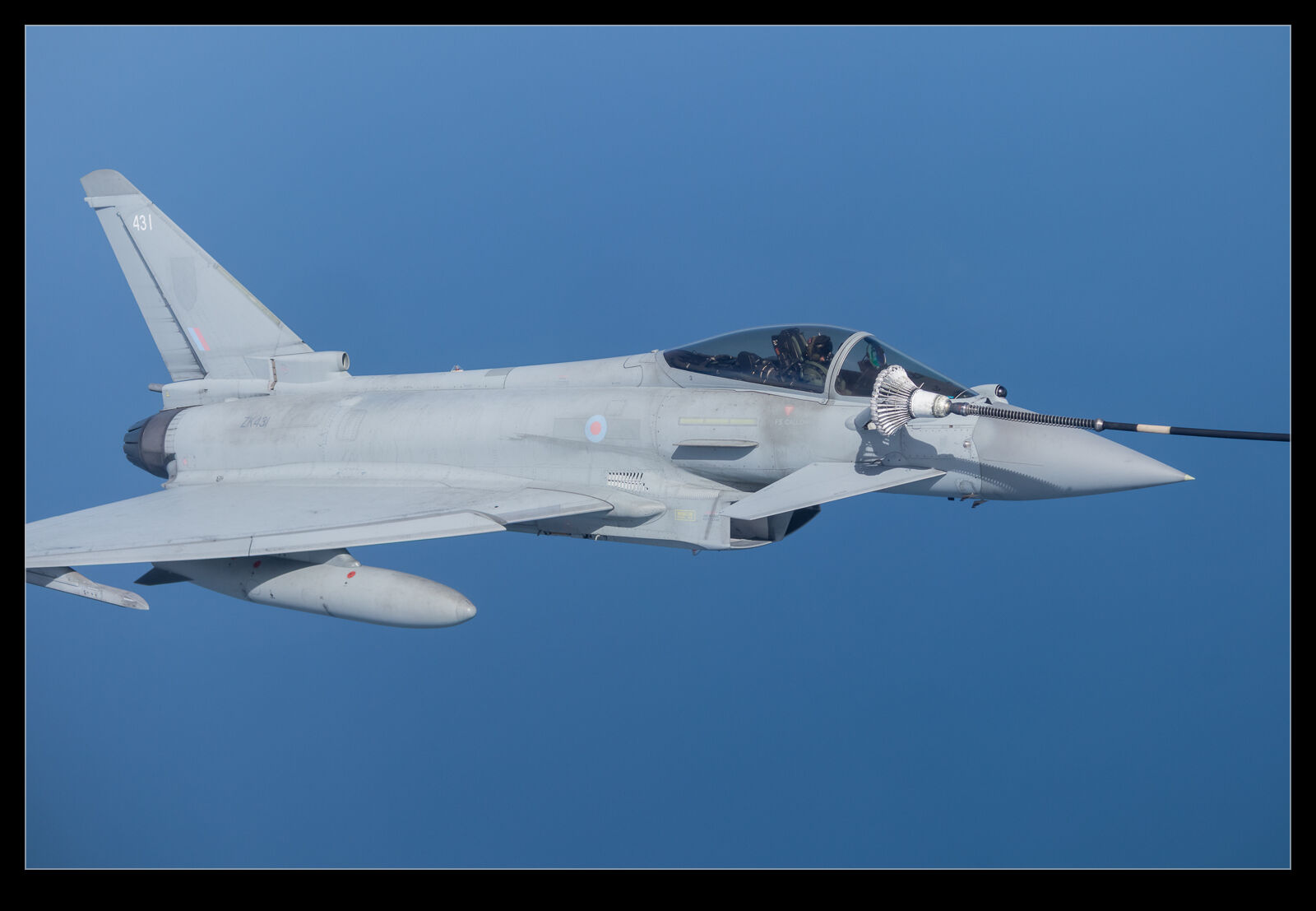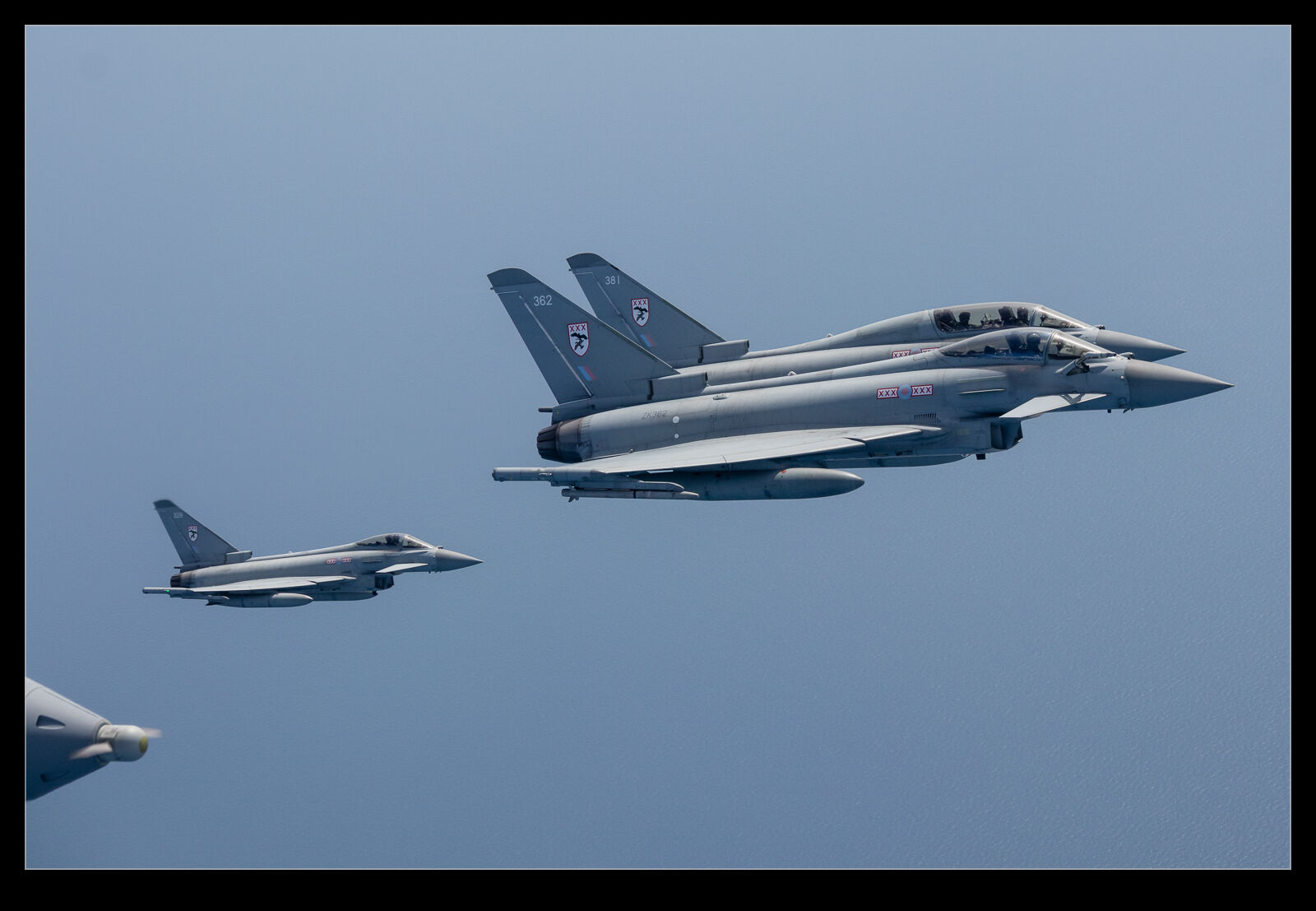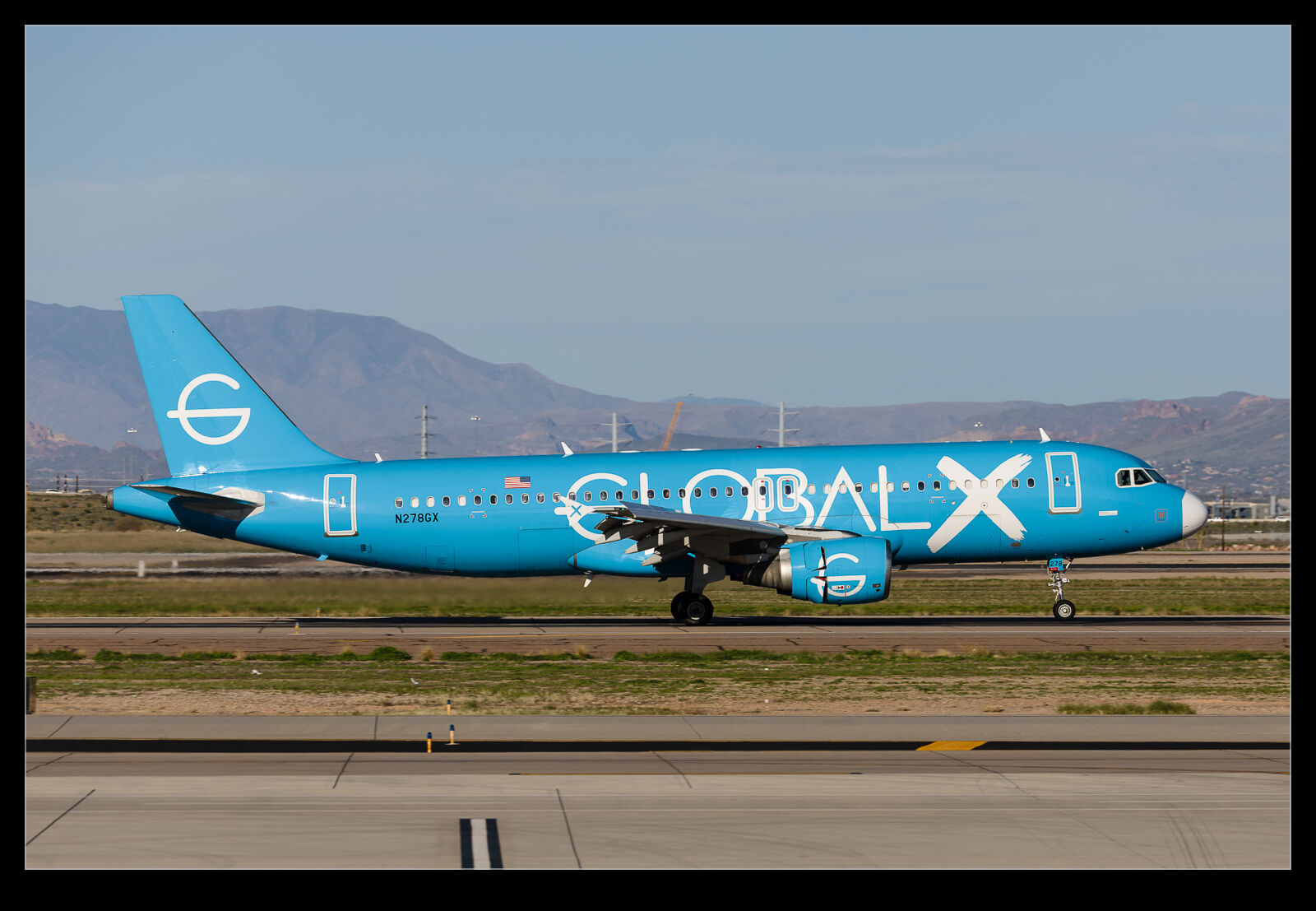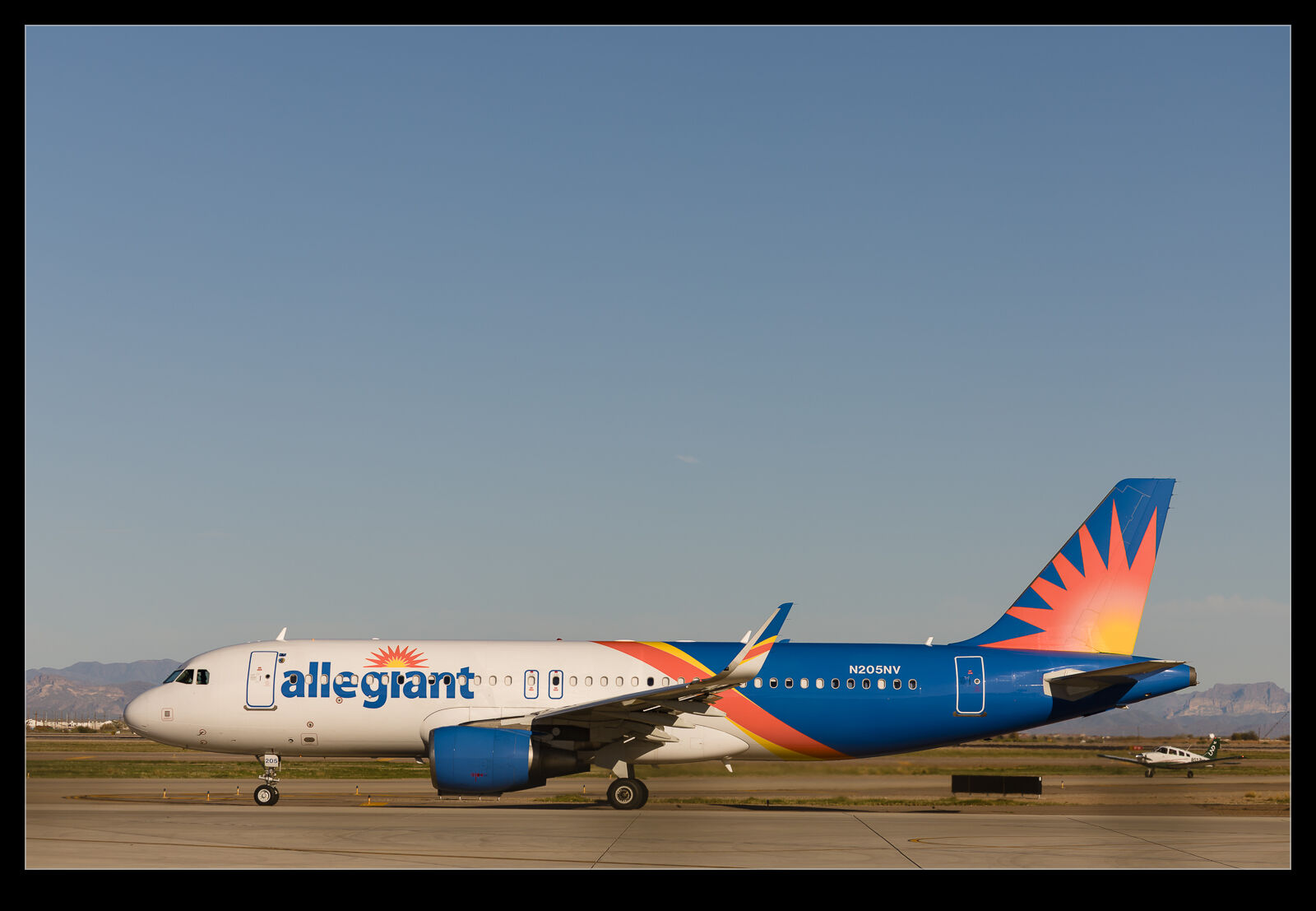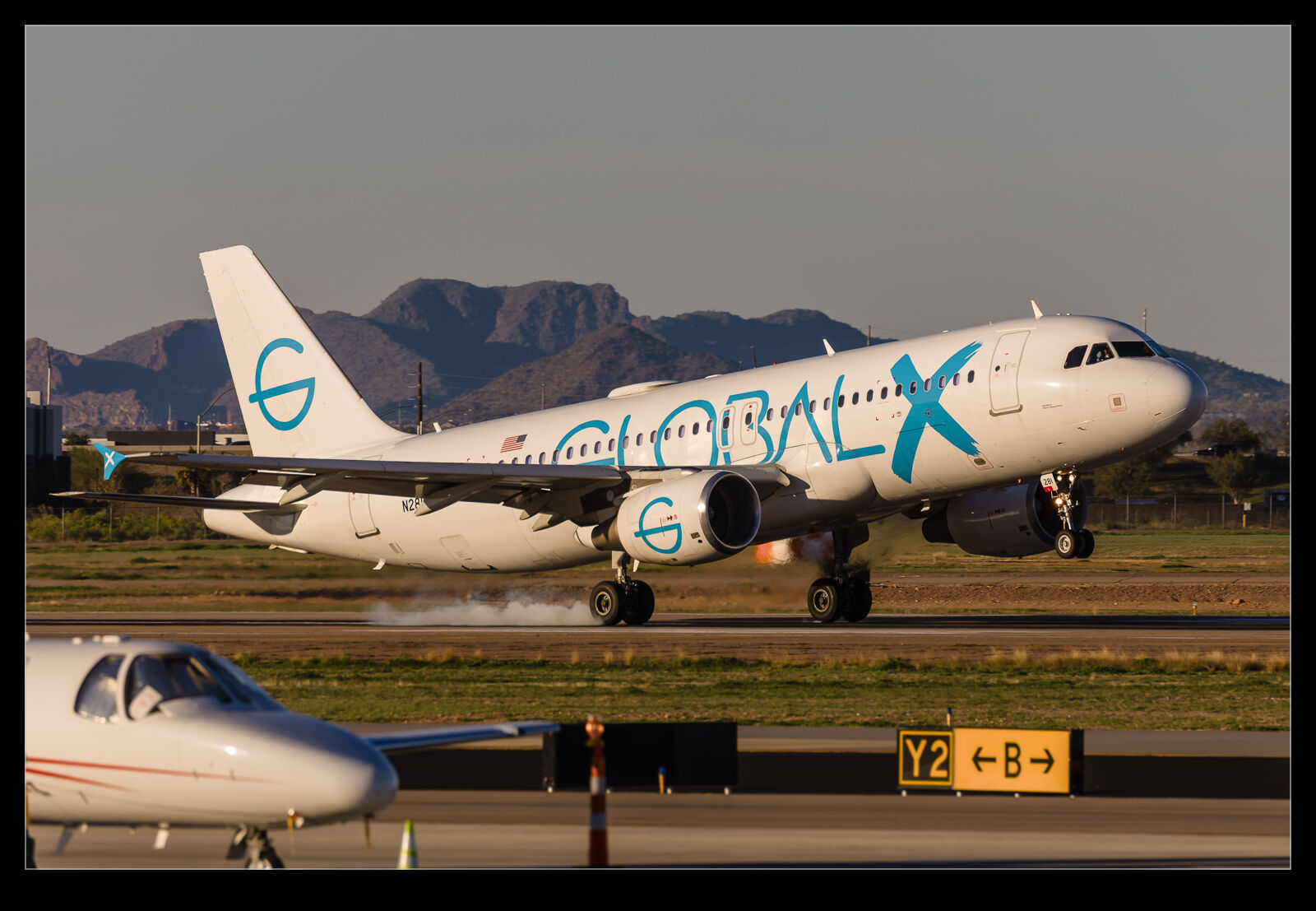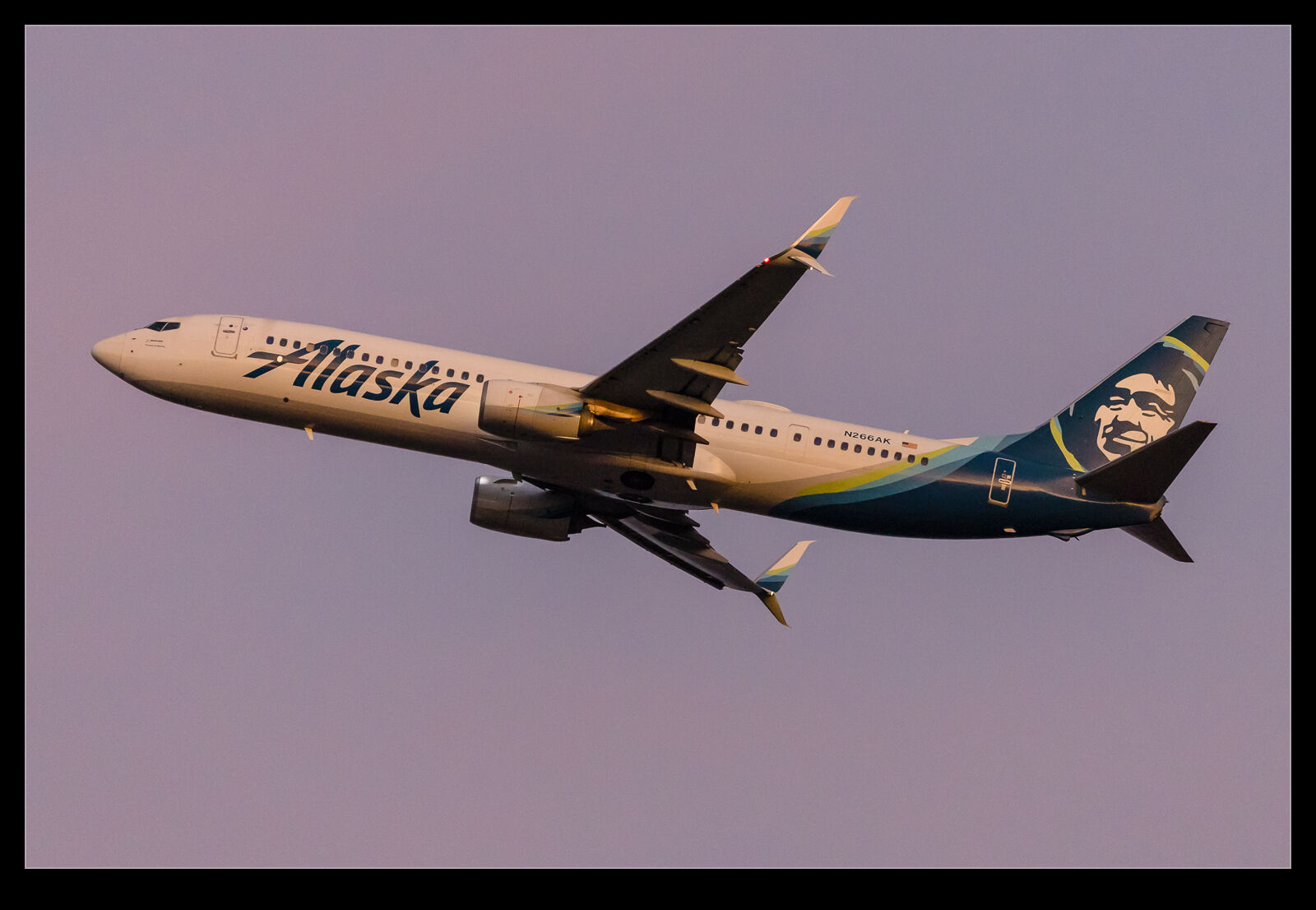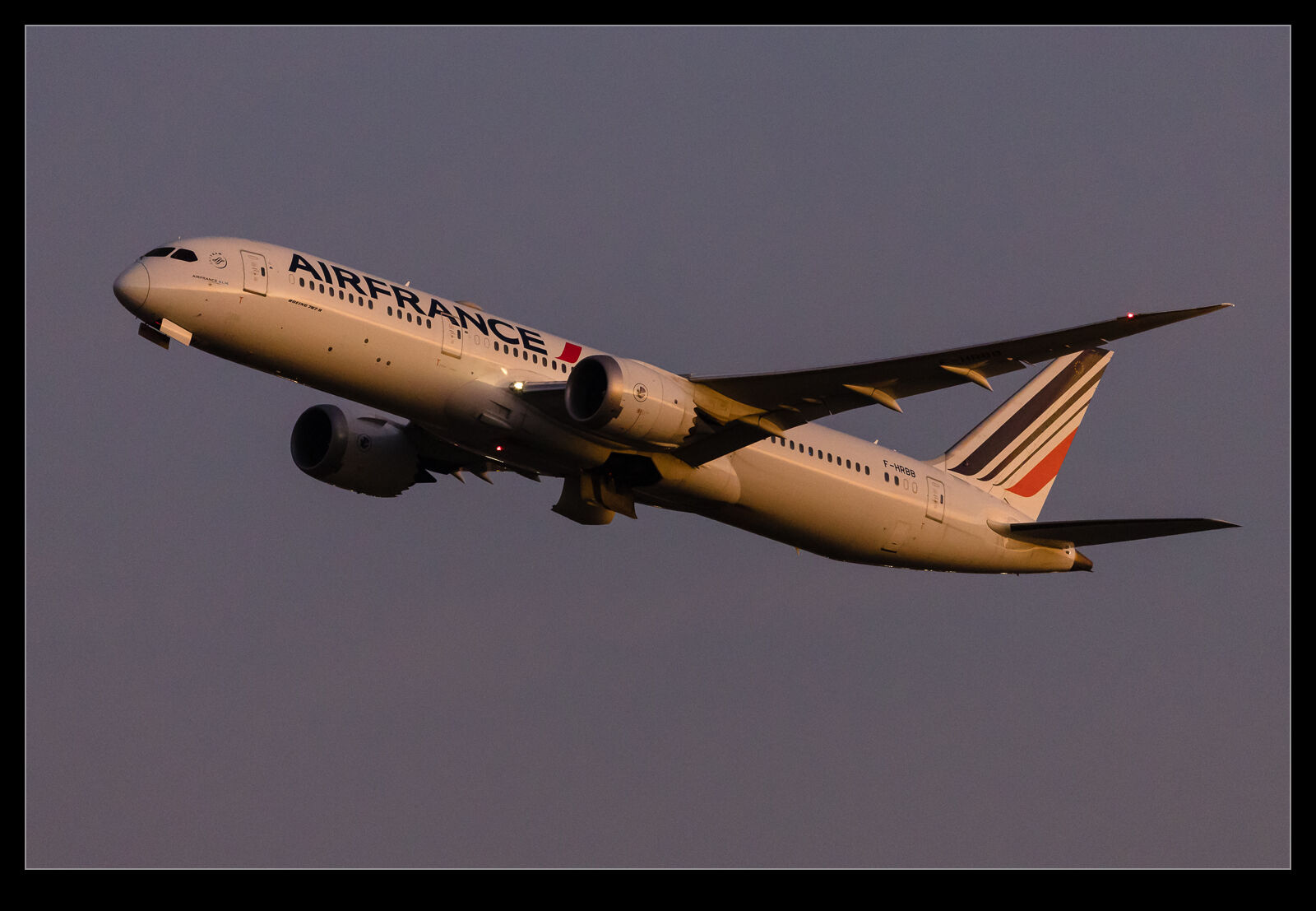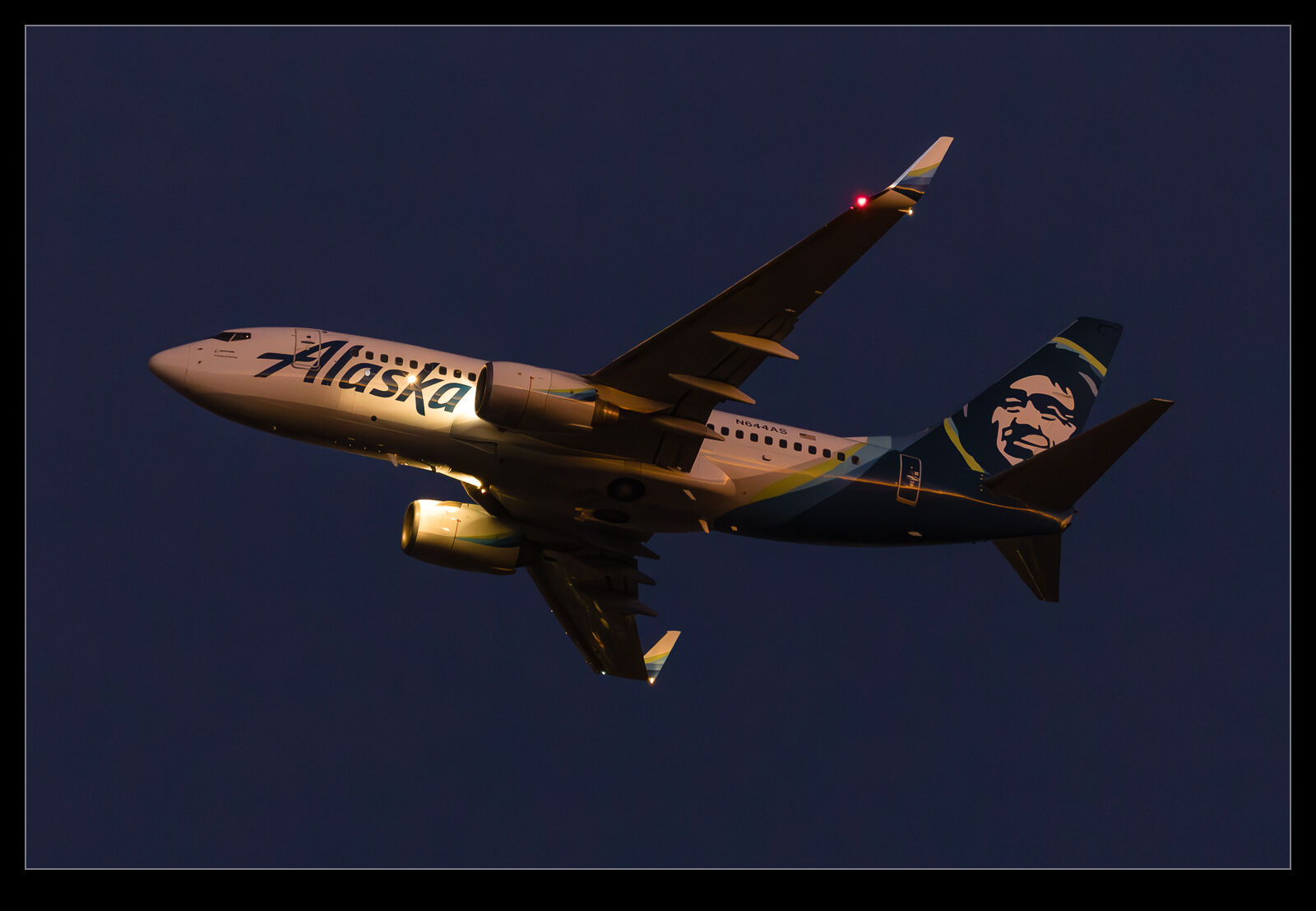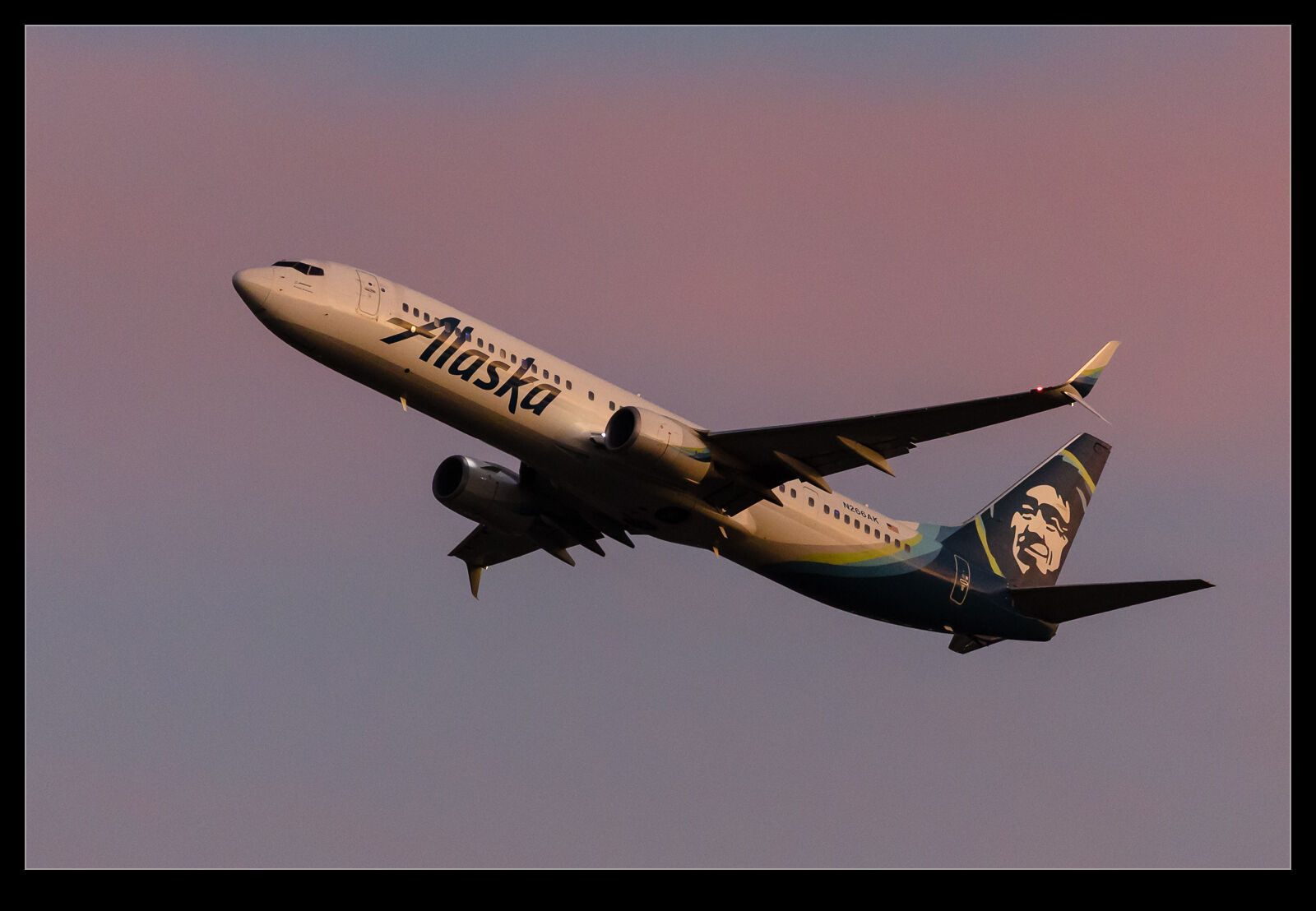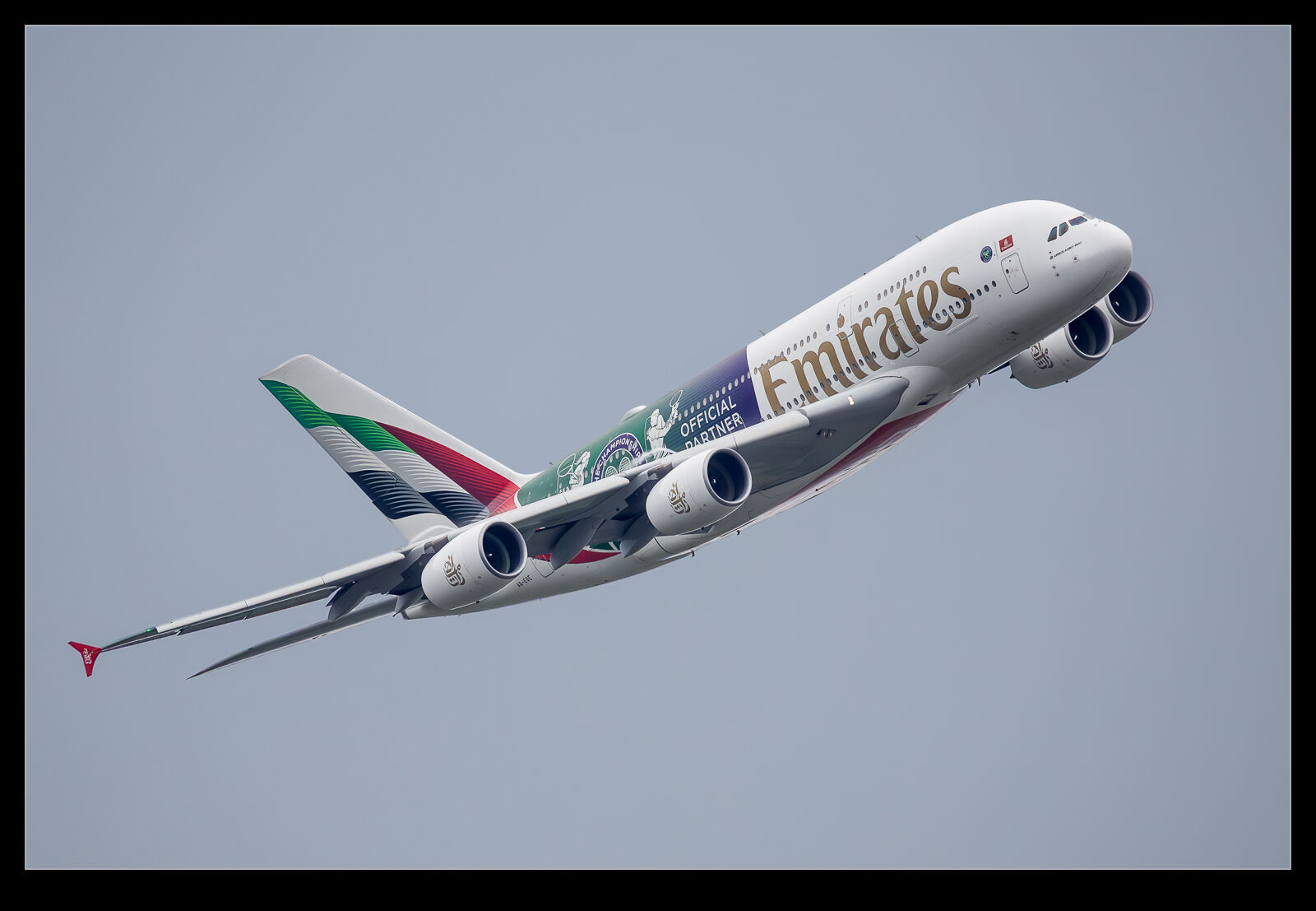 We were walking through the grounds of Tatton Park on a recent visit and I was carrying a long lens with me to be ready for the deer that roam the park. However, that was also handy given that the airliners climbing out of Manchester Airport came near us. The conditions were not good for plane photography to be honest. The clouds were often low enough that we never saw the planes but, at one point, I did get a good view of an Emirates A380 climbing overhead and turning in our direction. It had the new Emirates livery combined with special markings for Wimbledon’s tournament earlier this year. A bit of processing was necessary to get it to a reasonable shape.
We were walking through the grounds of Tatton Park on a recent visit and I was carrying a long lens with me to be ready for the deer that roam the park. However, that was also handy given that the airliners climbing out of Manchester Airport came near us. The conditions were not good for plane photography to be honest. The clouds were often low enough that we never saw the planes but, at one point, I did get a good view of an Emirates A380 climbing overhead and turning in our direction. It had the new Emirates livery combined with special markings for Wimbledon’s tournament earlier this year. A bit of processing was necessary to get it to a reasonable shape.
Tag Archives: Airbus
On the Voyager Line
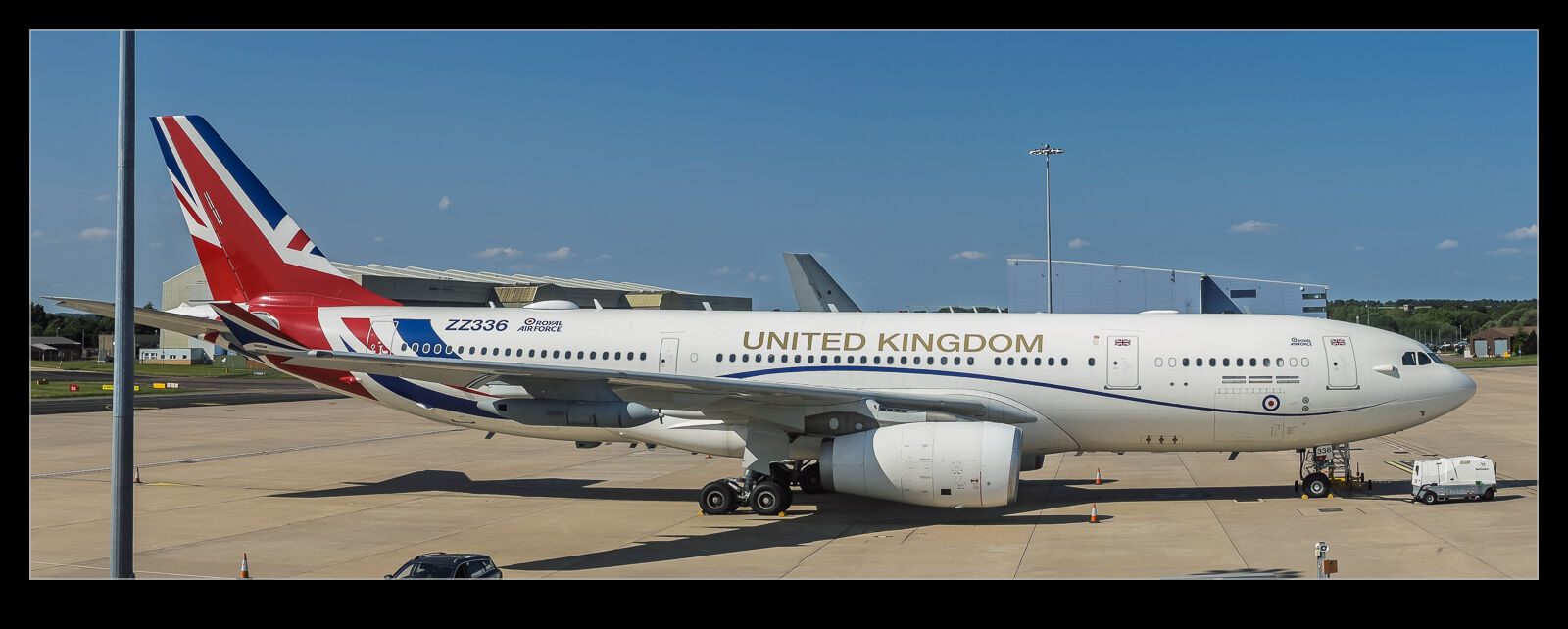 My Voyager ride with 101 Sqn ended back at Brize Norton and we pulled into the line with some other Voyagers. This included Vespina, the jet that is painted in national markings rather than the usual grey. We hung out on the ramp to get a group photo before heading back to the terminal. I got some shots of the Voyagers on the line while I was there (including the jet that we had just been in).
My Voyager ride with 101 Sqn ended back at Brize Norton and we pulled into the line with some other Voyagers. This included Vespina, the jet that is painted in national markings rather than the usual grey. We hung out on the ramp to get a group photo before heading back to the terminal. I got some shots of the Voyagers on the line while I was there (including the jet that we had just been in).
Rows of A400Ms
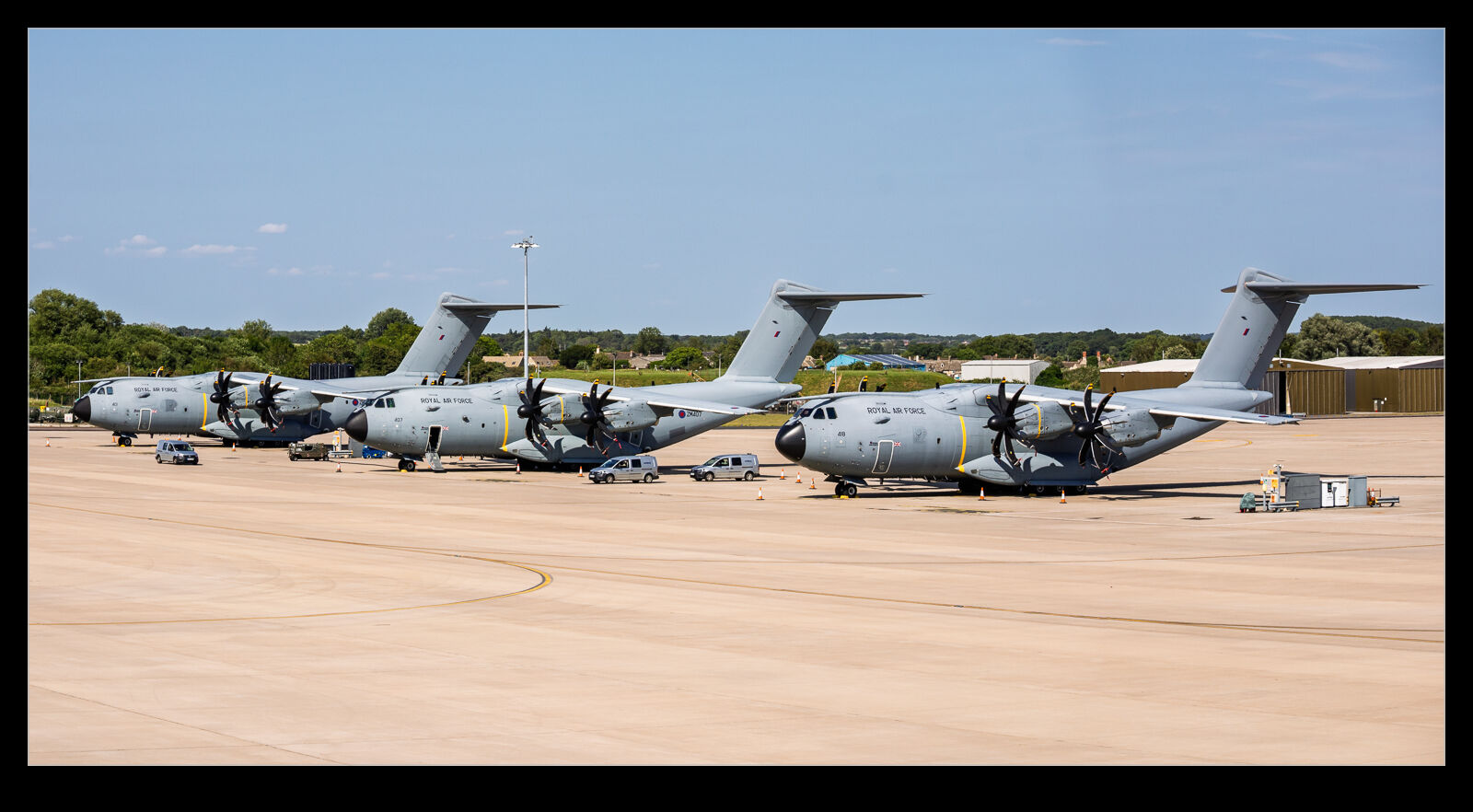 My visit to Brize Norton to have a trip with 101 Sqn wrapped up when we landed back at Brize. As we exited the aircraft and waited on the ramp to get some group photos, we were surrounded by other aircraft. More Voyagers were lined up but there were plenty of A400M Atlas transports ready for their next mission. It was a pleasant afternoon with nice light on the planes so I grabbed a few shots of the planes before we gathered for our group photo.
My visit to Brize Norton to have a trip with 101 Sqn wrapped up when we landed back at Brize. As we exited the aircraft and waited on the ramp to get some group photos, we were surrounded by other aircraft. More Voyagers were lined up but there were plenty of A400M Atlas transports ready for their next mission. It was a pleasant afternoon with nice light on the planes so I grabbed a few shots of the planes before we gathered for our group photo.
Tanking Typhoons
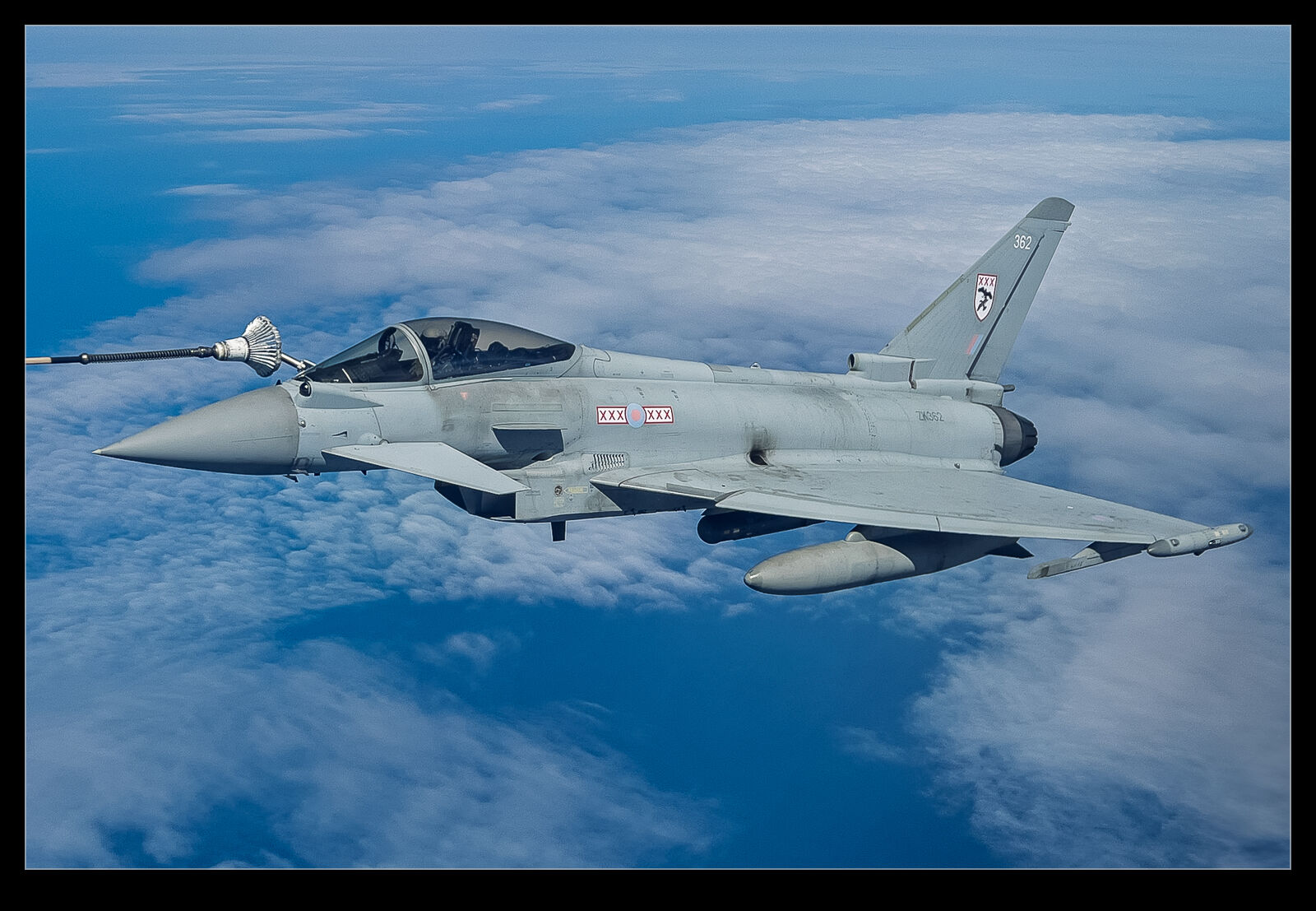 I had the good fortune to be able to spend a day with 101 Sqn of the Royal Air Force when they were undertaking training missions in one of their primary roles of aerial refuelling. Based at RAF Brize Norton, the squadron operates the Airbus Voyager, the A330MRTT aircraft. The aircraft we were in was configured for two-point refuelling while some of the aircraft have a three-point config that allows tanking of heavy aircraft from the higher capacity centreline hose drum unit.
I had the good fortune to be able to spend a day with 101 Sqn of the Royal Air Force when they were undertaking training missions in one of their primary roles of aerial refuelling. Based at RAF Brize Norton, the squadron operates the Airbus Voyager, the A330MRTT aircraft. The aircraft we were in was configured for two-point refuelling while some of the aircraft have a three-point config that allows tanking of heavy aircraft from the higher capacity centreline hose drum unit.
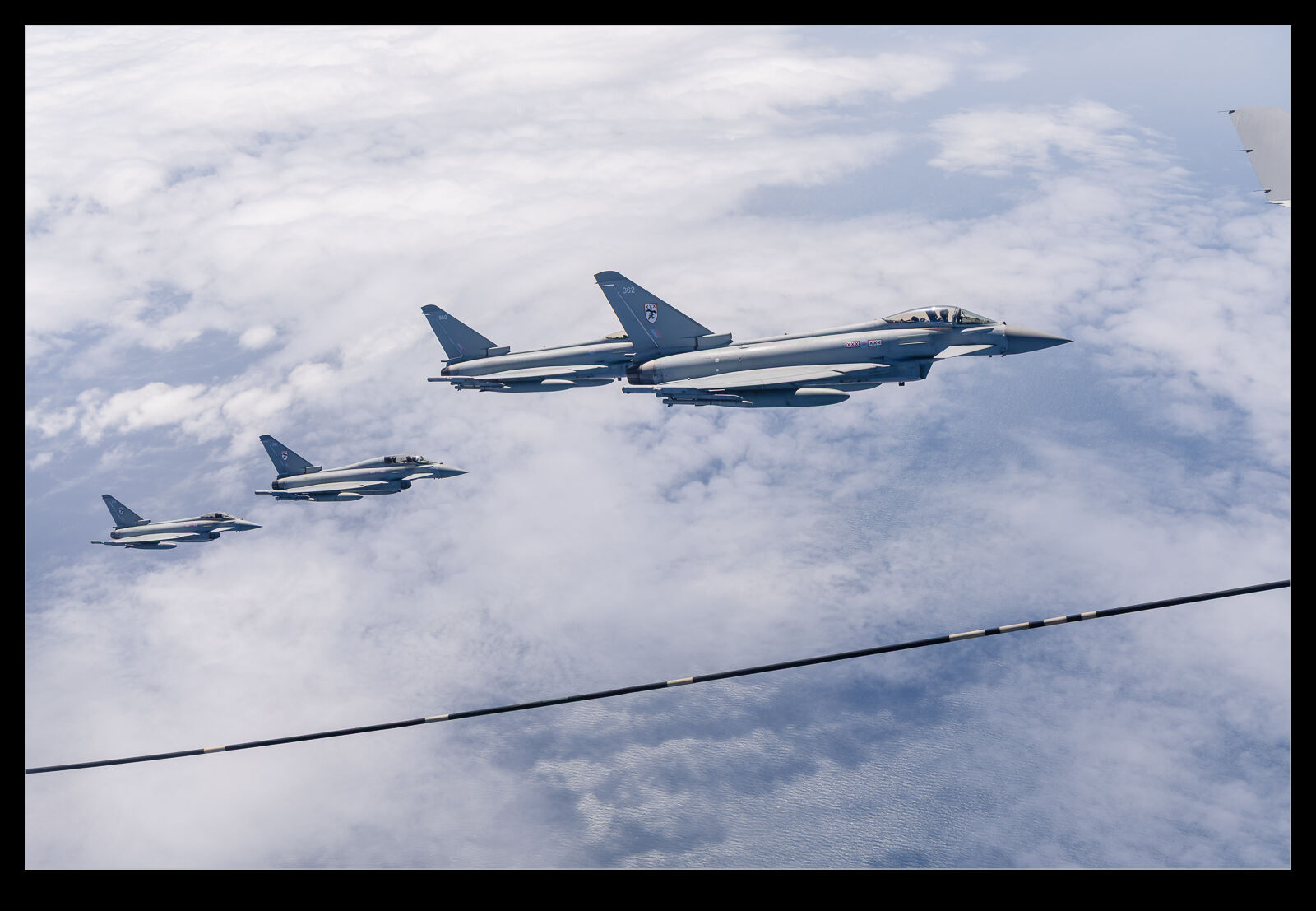 We took off from Brize and headed out over the North Sea. Our initial tracks were off the coast of East Anglia which made for a convenient place to pick up trade from the RAF bases there. The F-35s were deployed from Marham so there was less likelihood of one of those jets showing up, but we did expect Typhoons. It was too long after we were on station before the first customers showed up.
We took off from Brize and headed out over the North Sea. Our initial tracks were off the coast of East Anglia which made for a convenient place to pick up trade from the RAF bases there. The F-35s were deployed from Marham so there was less likelihood of one of those jets showing up, but we did expect Typhoons. It was too long after we were on station before the first customers showed up.
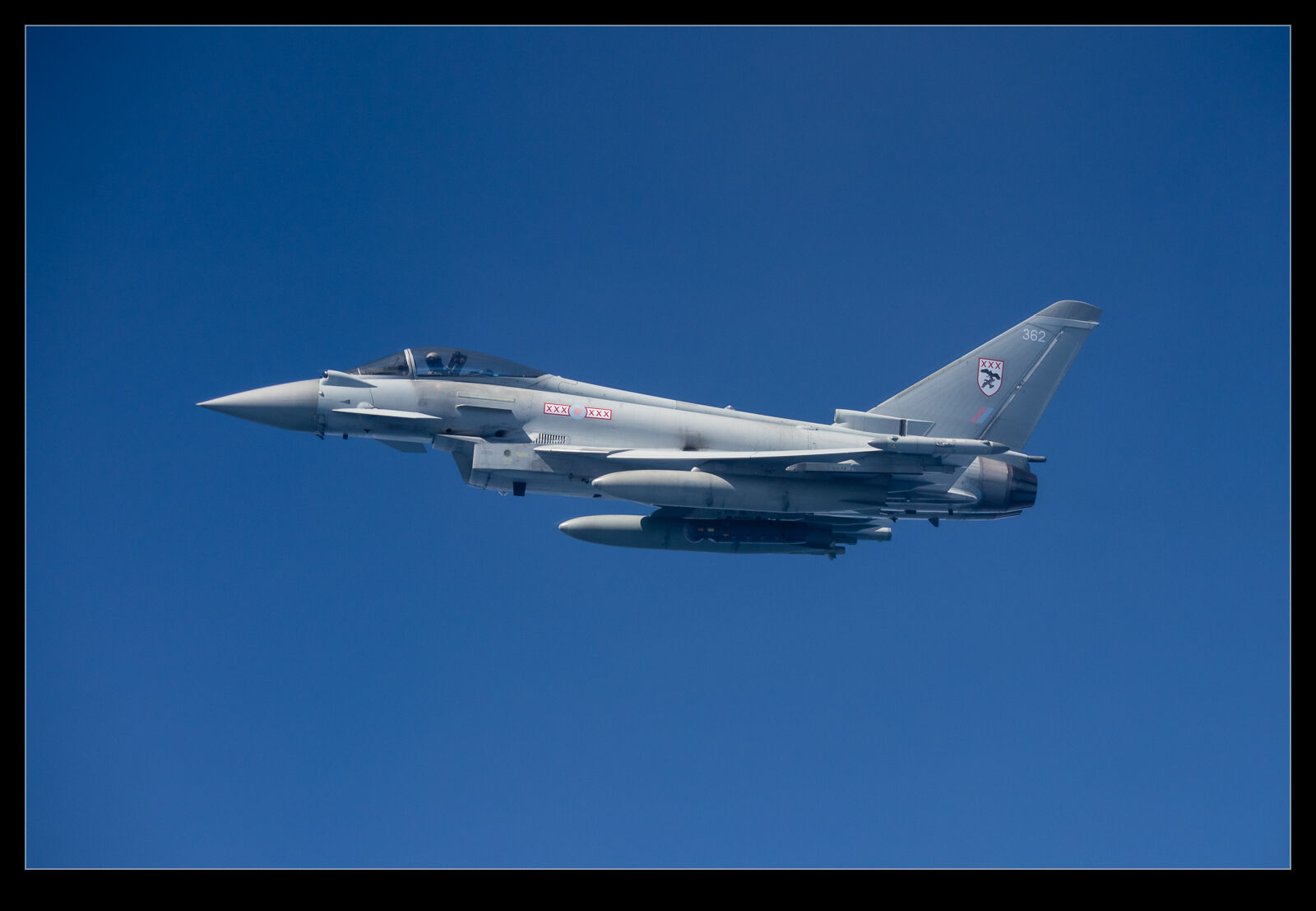 The jets appeared from the port side of the jet and picking them up early allowed you to see them sweeping in astern of the plane before they approached from astern. They would gather off the port wing extending the refuelling probe before being cleared into pre-contact positions on either wing. Then they would pull forward to make contact and take on fuel. Once they were done, they would gather off the starboard wing until the flight had all taken on fuel at which point they would accelerate away to continue with their flight. This departure might just be peeling away but it sometimes included a burst of power and a climb up away from our flight level with the noise even being noticeable inside our insulated cabin.
The jets appeared from the port side of the jet and picking them up early allowed you to see them sweeping in astern of the plane before they approached from astern. They would gather off the port wing extending the refuelling probe before being cleared into pre-contact positions on either wing. Then they would pull forward to make contact and take on fuel. Once they were done, they would gather off the starboard wing until the flight had all taken on fuel at which point they would accelerate away to continue with their flight. This departure might just be peeling away but it sometimes included a burst of power and a climb up away from our flight level with the noise even being noticeable inside our insulated cabin.
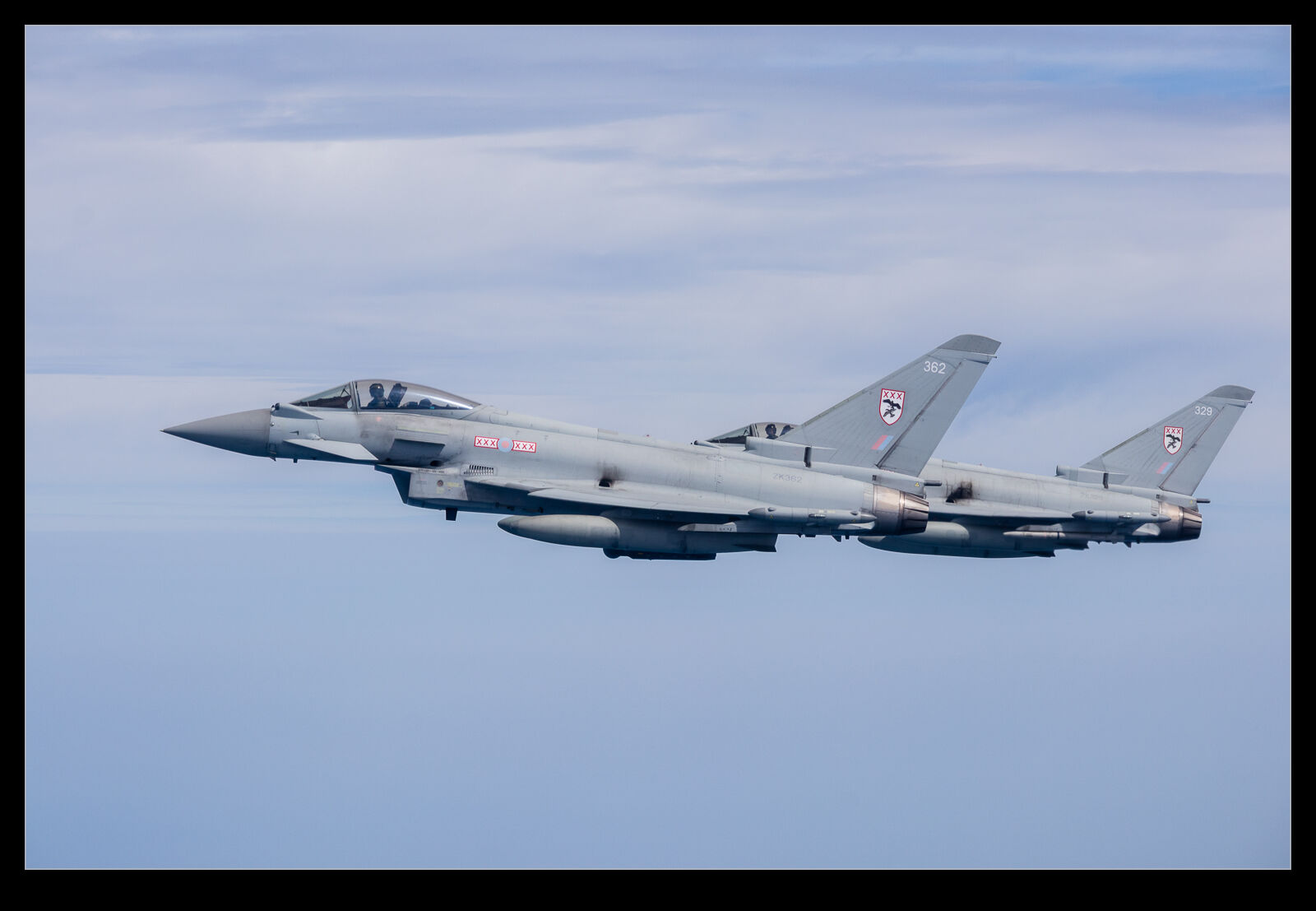 There are very limited options when it comes to photographing the jets while they are plugged in. The pods are mounted outboard on the wings – I think in the location where the outboard engines would be on an A340 – but the length of the hose means that the drogue is quite a long way aft. This means that only the last few rows of the aircraft – it has a pretty standard seating config throughout most of the fuselage – actually have the ability to see the jets. I had been advised by a friend that the viewing was limited.
There are very limited options when it comes to photographing the jets while they are plugged in. The pods are mounted outboard on the wings – I think in the location where the outboard engines would be on an A340 – but the length of the hose means that the drogue is quite a long way aft. This means that only the last few rows of the aircraft – it has a pretty standard seating config throughout most of the fuselage – actually have the ability to see the jets. I had been advised by a friend that the viewing was limited.
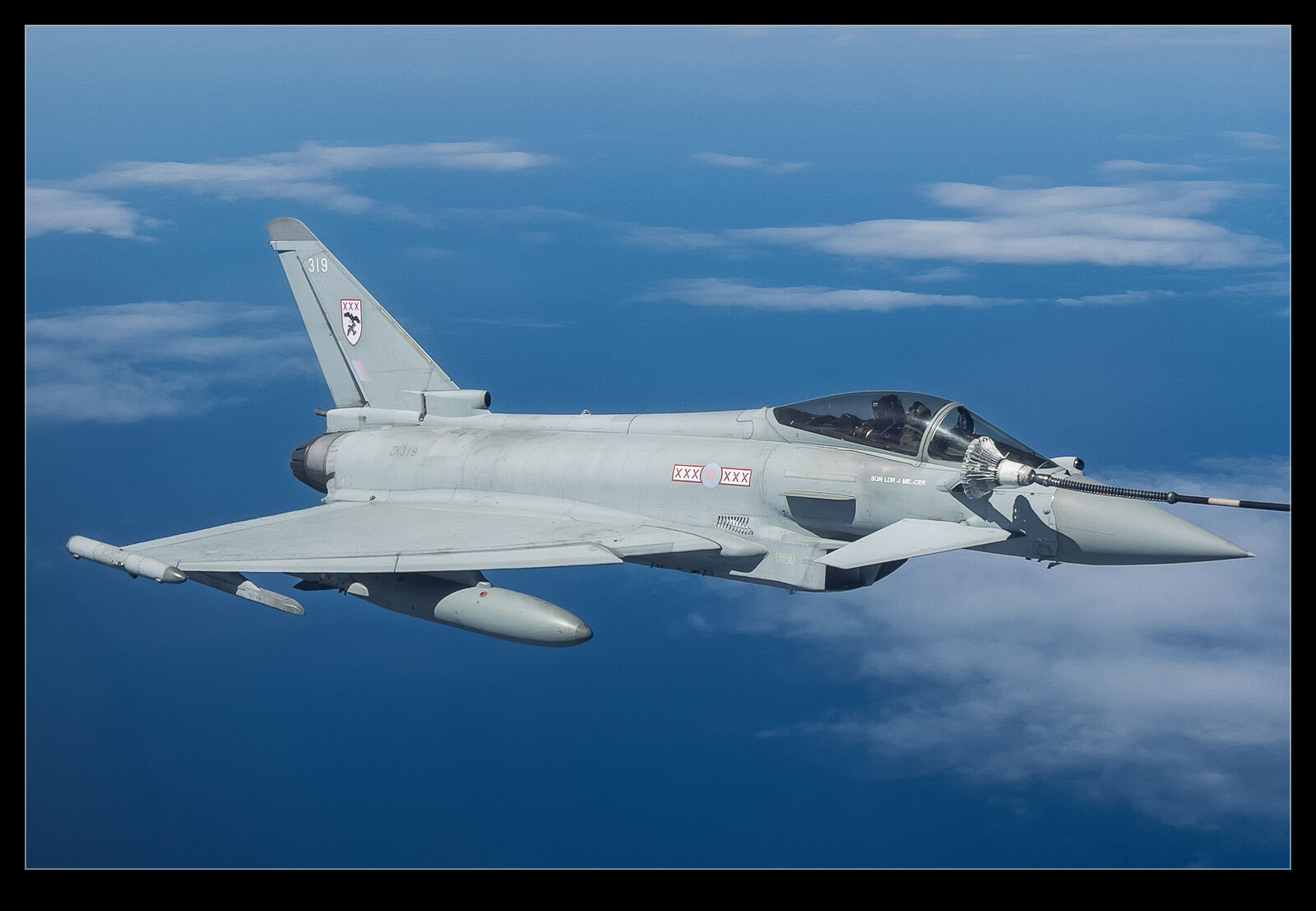 I had brought two cameras on the flight. My main camera was fitted with the 100-400 lens and my use for that was on aircraft off to either side. The other body I brought along was an older one I use less frequently these days and that is the M6 with a 55-200 lens. This ended up getting a lot of use. However, neither of them was suitable for use when the jets were refuelling. The angles looking back are tight and the interior panelling around the window apertures limits how you can point backwards. In this case, the phone was by far the best option. The small lens diameter combined with the ability to get it close to the window meant it was the best bet. Even then, it was limited in what it could see.
I had brought two cameras on the flight. My main camera was fitted with the 100-400 lens and my use for that was on aircraft off to either side. The other body I brought along was an older one I use less frequently these days and that is the M6 with a 55-200 lens. This ended up getting a lot of use. However, neither of them was suitable for use when the jets were refuelling. The angles looking back are tight and the interior panelling around the window apertures limits how you can point backwards. In this case, the phone was by far the best option. The small lens diameter combined with the ability to get it close to the window meant it was the best bet. Even then, it was limited in what it could see.
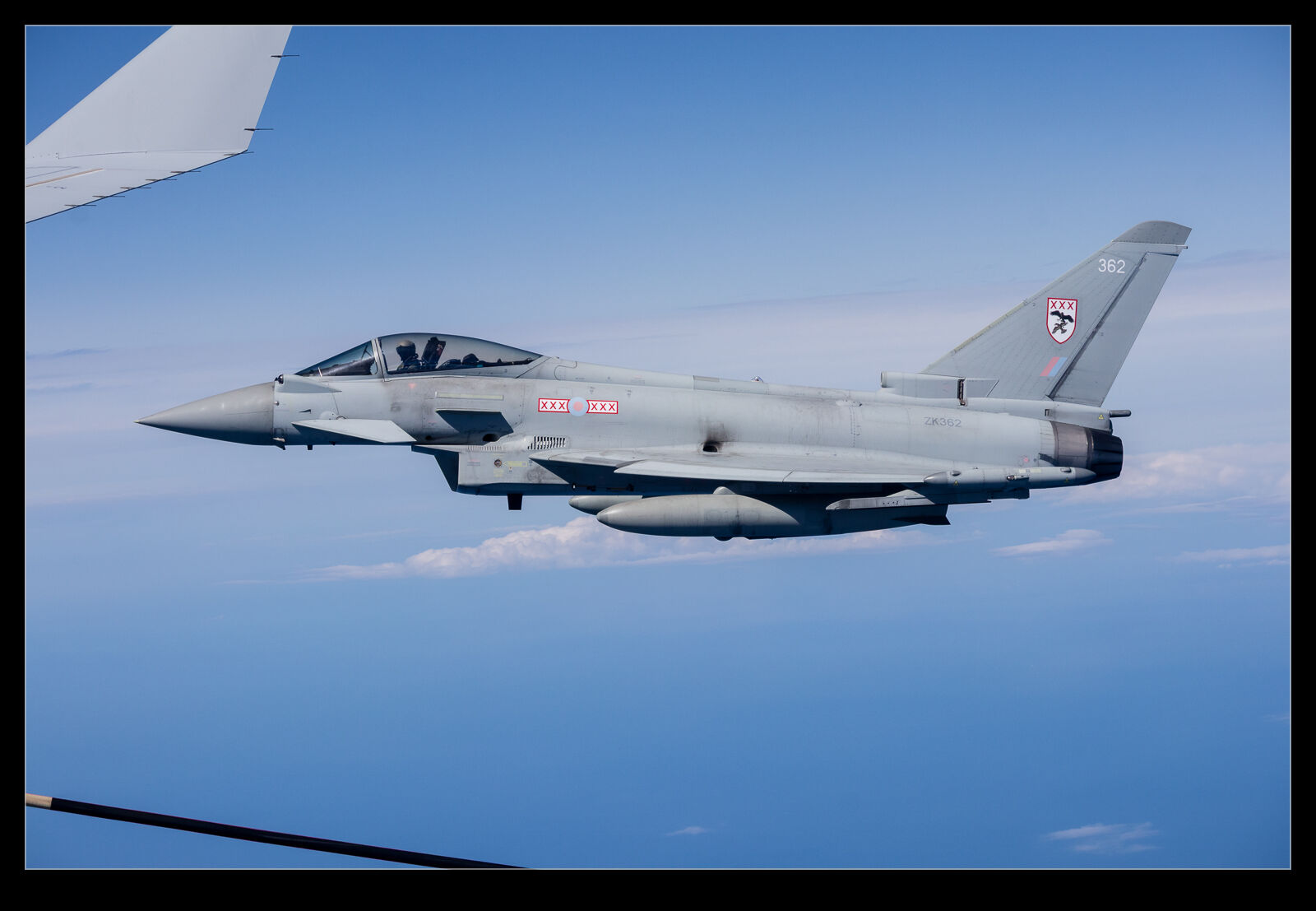 Later in the mission we headed up towards Scotland to pick up some local trade although, ironically, we ended up with jets from Coningsby which would probably have been fine in our original tracks. Overall, the mission last over 6 hours and we had a variety of periods when we had customers and then periods of waiting. It was definitely an interesting day out and certainly worth seeing. My thanks to the team at Brize for hosting us so well.
Later in the mission we headed up towards Scotland to pick up some local trade although, ironically, we ended up with jets from Coningsby which would probably have been fine in our original tracks. Overall, the mission last over 6 hours and we had a variety of periods when we had customers and then periods of waiting. It was definitely an interesting day out and certainly worth seeing. My thanks to the team at Brize for hosting us so well.
Testing the Nosewheel on the A400M
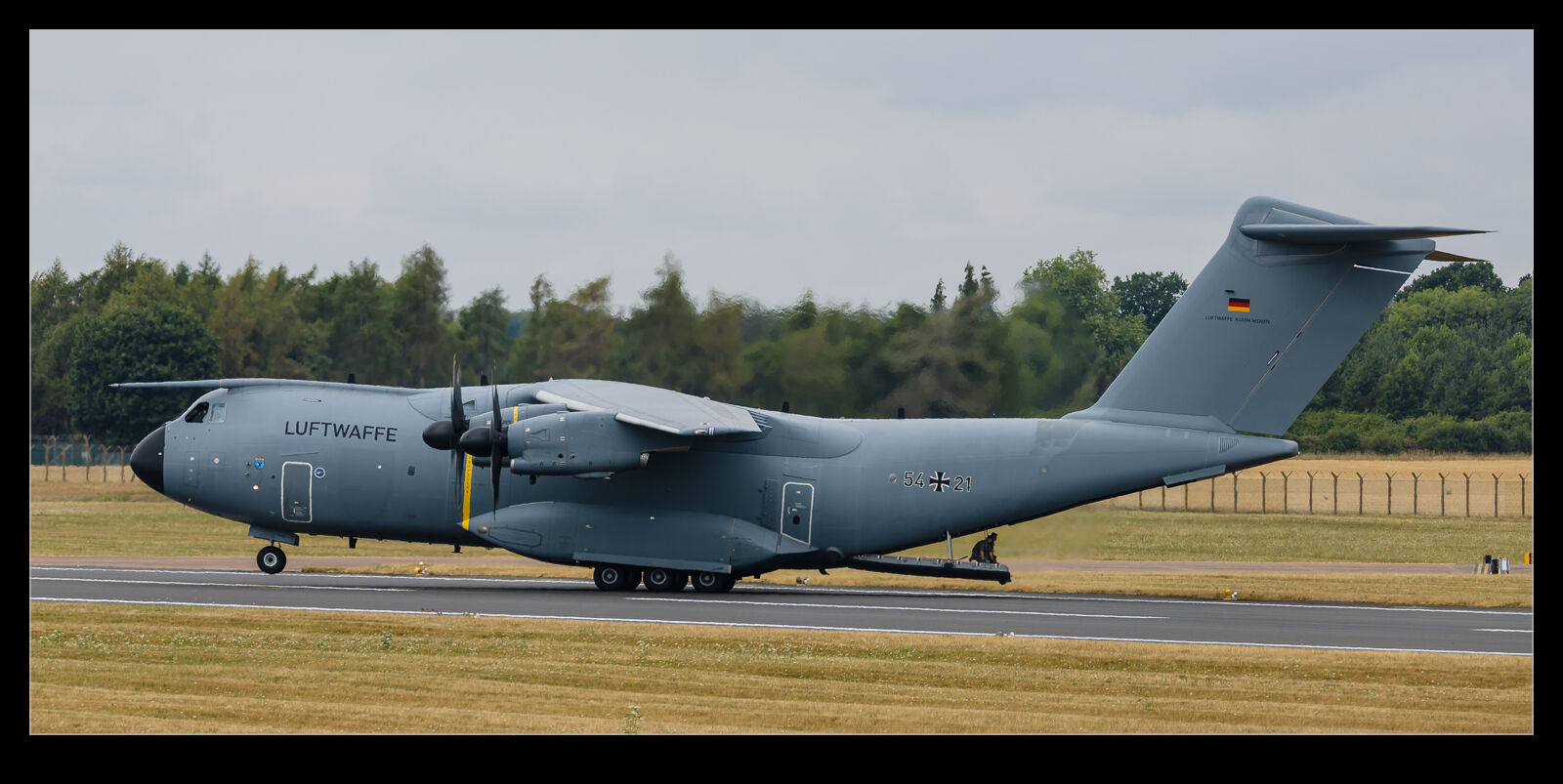 If you have heard much from the flying displays at the Royal International Air Tattoo this year, you may well have heard about the Luftwaffe A400M doing a wheelie. I will cover that too but the whole approach to land was one that tested the nosewheel of the aircraft quite a bit. They made a tactical approach to land and aimed for a touchdown point closer to show centre so near the crowd and one that would be a good demonstration of how quickly the plane can stop once on the ground.
If you have heard much from the flying displays at the Royal International Air Tattoo this year, you may well have heard about the Luftwaffe A400M doing a wheelie. I will cover that too but the whole approach to land was one that tested the nosewheel of the aircraft quite a bit. They made a tactical approach to land and aimed for a touchdown point closer to show centre so near the crowd and one that would be a good demonstration of how quickly the plane can stop once on the ground.
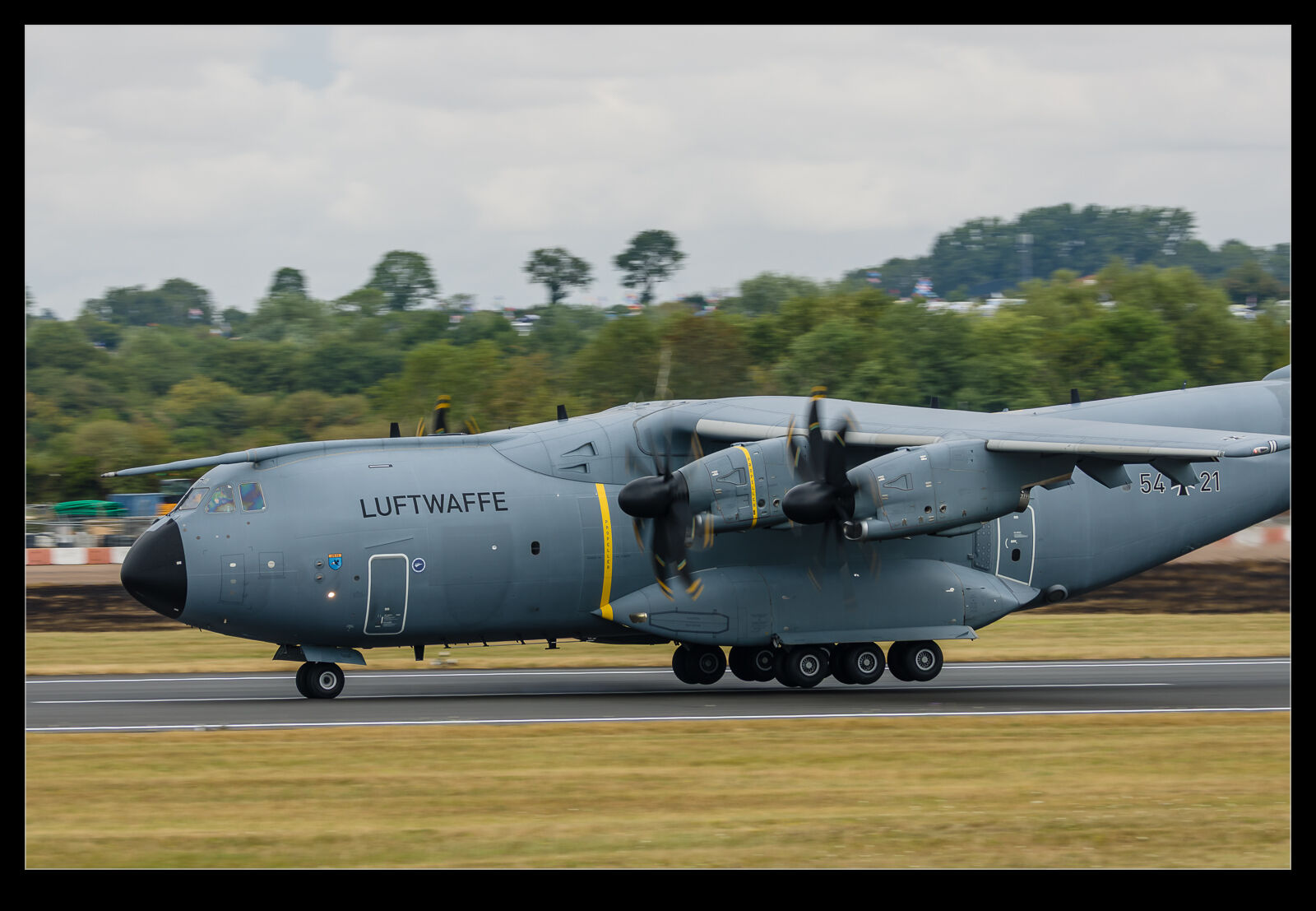 The approach was nose low and, while they did aim to flare the aircraft before touchdown, the nosewheel was the first to make contact with the mains following a short while afterwards. Since this plane is designed to operate from austere strips, the gear is pretty tough, and I doubt a touchdown on a smooth runway is going to cause it undue stress. They then stamped on the brakes and reversed the prop pitch to bring the plane to a rapid stop.
The approach was nose low and, while they did aim to flare the aircraft before touchdown, the nosewheel was the first to make contact with the mains following a short while afterwards. Since this plane is designed to operate from austere strips, the gear is pretty tough, and I doubt a touchdown on a smooth runway is going to cause it undue stress. They then stamped on the brakes and reversed the prop pitch to bring the plane to a rapid stop.
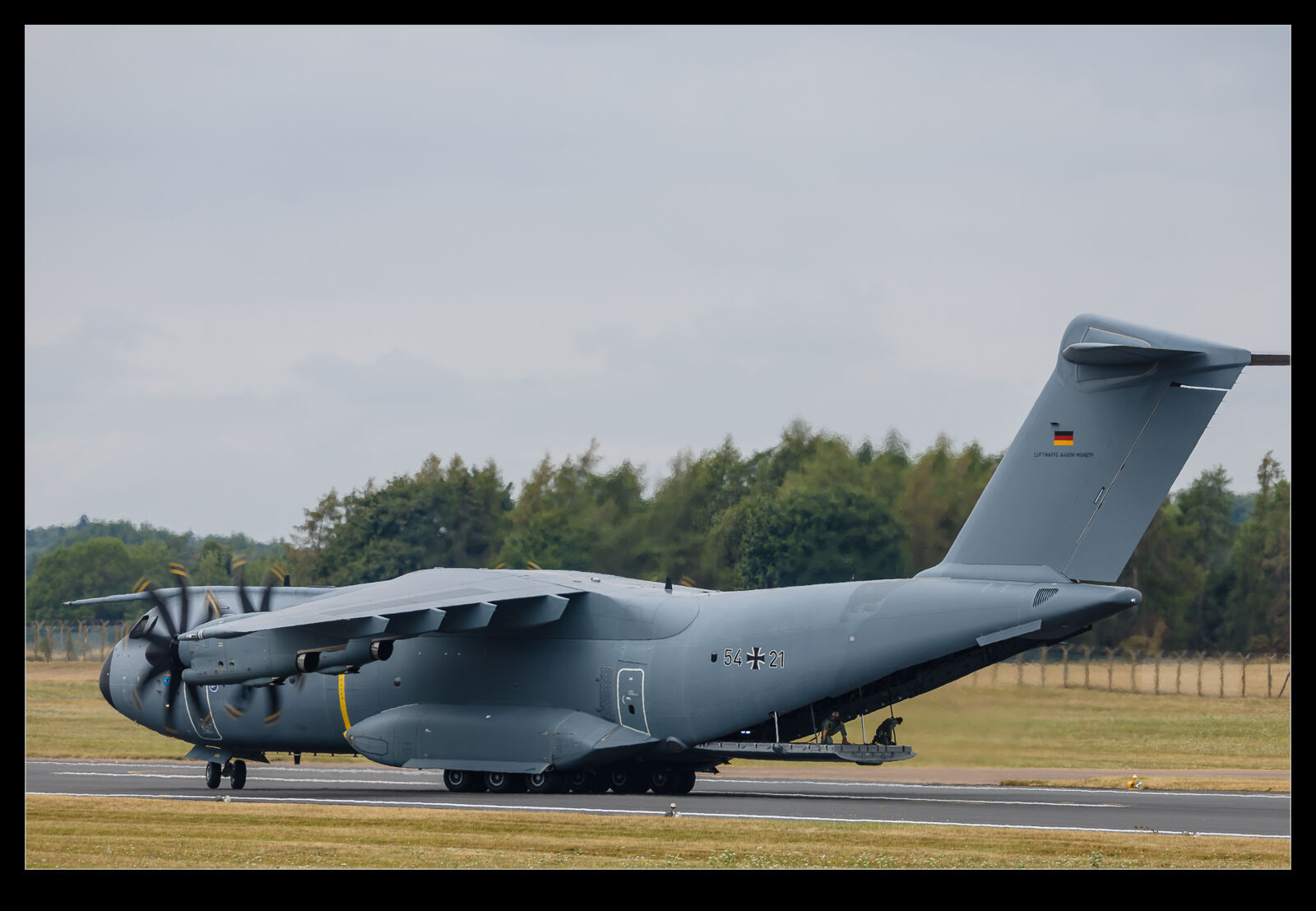 The next part of the manoeuvre was a bit problematic. Keeping the prop in reverse, they started to back up the runway. A crew member was on the ramp as it opened to guide them. They put in a ton of nosewheel steering to swing the plane around, but I don’t think there was much weight on the front of the plane, and the tyres were skidding across the surface, and the turn was not as dramatic as intended.
The next part of the manoeuvre was a bit problematic. Keeping the prop in reverse, they started to back up the runway. A crew member was on the ramp as it opened to guide them. They put in a ton of nosewheel steering to swing the plane around, but I don’t think there was much weight on the front of the plane, and the tyres were skidding across the surface, and the turn was not as dramatic as intended.
Then came the fun bit. As they backed towards the edge of the runway, instead of applying some power to the props to stop them, they applied wheel brakes. With the plane going backwards and the braking action under the centre of the airframe, the plane pitched up and the nosewheel came off the ground. It didn’t go too high, and the ramp never hit the ground, but it certainly got everyone’s attention in the crowd! I wonder how the debrief went after the display.
Gateway Airliners
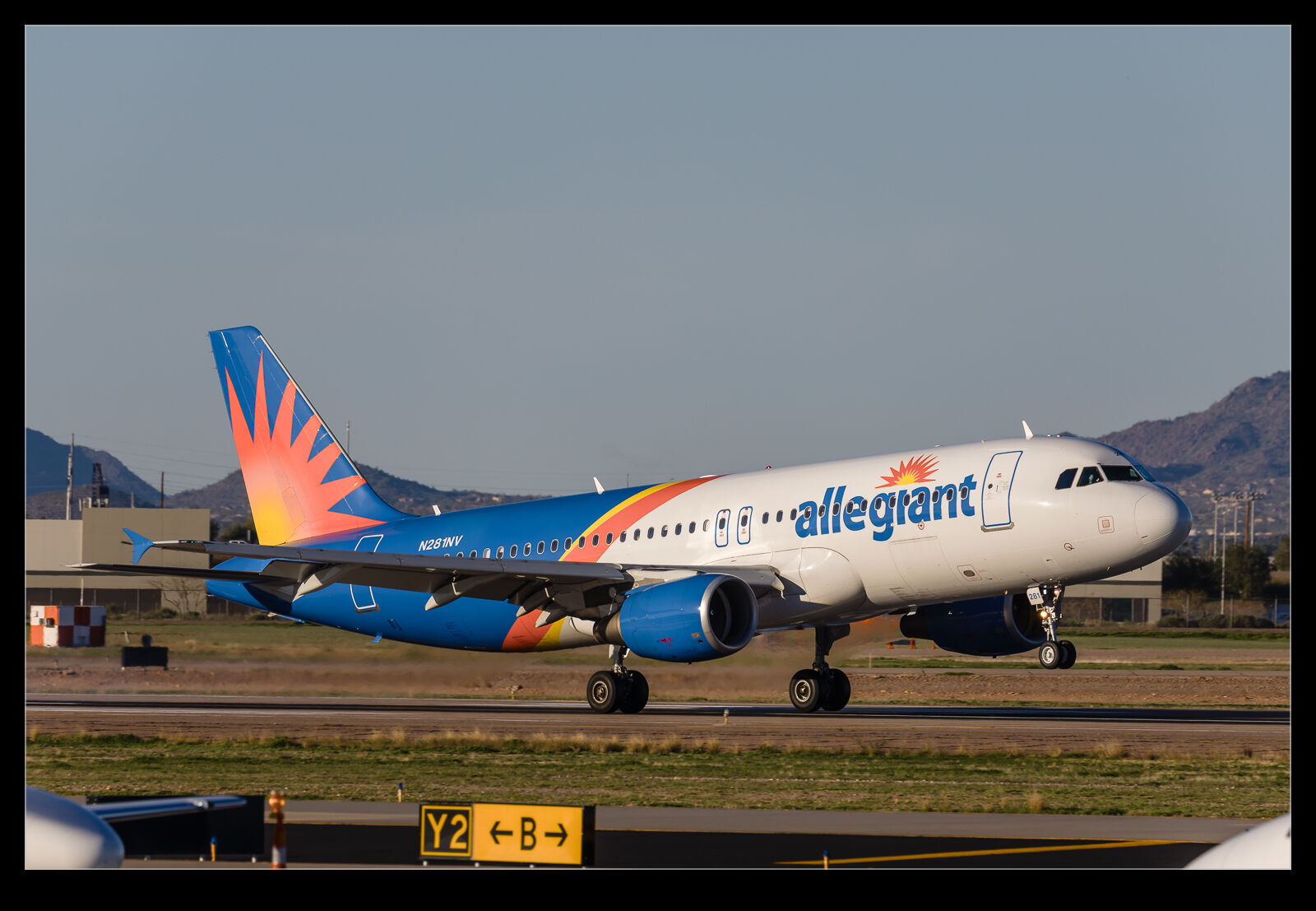 Mesa Gateway airport in Arizona does get some airline visitors. Allegiant was bringing some jets in while we were visiting early last year. GlobalX also had some coming in. Judging by how many of their jets I saw off to one side not looking too active, I assume they undertake some maintenance work there too. Not a ton of variety with these two but here are some shots of their planes. Makes a change to not show a GlobalX jet at Boeing Field!
Mesa Gateway airport in Arizona does get some airline visitors. Allegiant was bringing some jets in while we were visiting early last year. GlobalX also had some coming in. Judging by how many of their jets I saw off to one side not looking too active, I assume they undertake some maintenance work there too. Not a ton of variety with these two but here are some shots of their planes. Makes a change to not show a GlobalX jet at Boeing Field!
After Sunset at SEA as Well
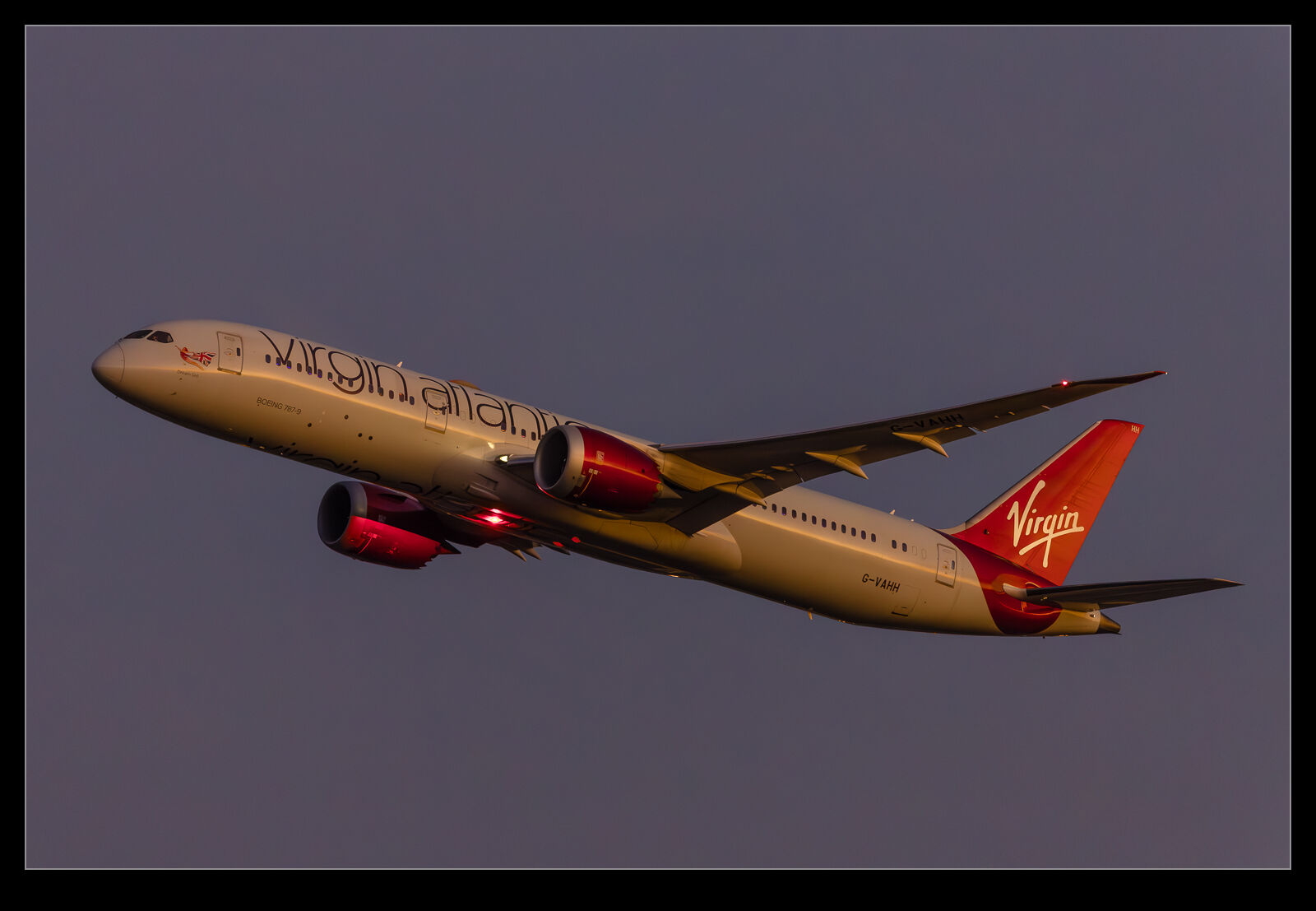 The light at sunset can make for some of the most pleasing shots and I did used to take the time to go to Burien when SEA was on a northerly flow to get some of the heavies departing in the best light. Once the sun goes down, it is tempting to head home but I would hang around a bit longer. The blue hour could make for some pleasing shots too and even when it was getting pretty dark, the amazing low light performance of a modern camera meant you could get something different. Combine that with the super noise reduction capabilities of current processing software and you can achieve shots that would have been impossible a few years ago.
The light at sunset can make for some of the most pleasing shots and I did used to take the time to go to Burien when SEA was on a northerly flow to get some of the heavies departing in the best light. Once the sun goes down, it is tempting to head home but I would hang around a bit longer. The blue hour could make for some pleasing shots too and even when it was getting pretty dark, the amazing low light performance of a modern camera meant you could get something different. Combine that with the super noise reduction capabilities of current processing software and you can achieve shots that would have been impossible a few years ago.
We Can See Where the Fuel Is
 I have an old post from SFO on a similar theme to this one, but I make the rules on this blog and this post isn’t violating any of them. (If you want to know what the rules are, let me know and I shall try and come up with some.) When I jet descends from altitude, the fuel the remains in the wing tanks will be very cold. The warmer and moister air lower down can result in the formation of ice on the underside of the wings where the remaining fuel is pooled. This Delta A330 shows that, as expected, there is fuel at the inboard end of the wings but also, less expected by me at least, there is a tank further outboard that still has fuel in it. I like the fact that fuel is kept further out since it alleviates bending loads. You can see the shape of the access panels where the ice is forming.
I have an old post from SFO on a similar theme to this one, but I make the rules on this blog and this post isn’t violating any of them. (If you want to know what the rules are, let me know and I shall try and come up with some.) When I jet descends from altitude, the fuel the remains in the wing tanks will be very cold. The warmer and moister air lower down can result in the formation of ice on the underside of the wings where the remaining fuel is pooled. This Delta A330 shows that, as expected, there is fuel at the inboard end of the wings but also, less expected by me at least, there is a tank further outboard that still has fuel in it. I like the fact that fuel is kept further out since it alleviates bending loads. You can see the shape of the access panels where the ice is forming.
Under Condor’s Sandy Jet
 The shot I always think about wanting to get is looking straight down on a plane in flight. Long ago, I discussed doing this with the WHF team at Waukegan, but we never made it work out. The next best version is the shot from beneath straight up. This is not so good because the fuselage shape is disrupted by the wing and a blank sky is never as interesting as the ground beneath. However, I do still like to shoot this sometimes. In this case, it was a Condor A330neo coming into SEA. This one is in the sand colours that they have. Probably not the contrast I would have liked but so be it.
The shot I always think about wanting to get is looking straight down on a plane in flight. Long ago, I discussed doing this with the WHF team at Waukegan, but we never made it work out. The next best version is the shot from beneath straight up. This is not so good because the fuselage shape is disrupted by the wing and a blank sky is never as interesting as the ground beneath. However, I do still like to shoot this sometimes. In this case, it was a Condor A330neo coming into SEA. This one is in the sand colours that they have. Probably not the contrast I would have liked but so be it.
CFM56 Inlet
 I recently took an EasyJet flight from Glasgow to Southampton at the end of a work trip. I boarded from the front of the plane and, as we lined up on the steps, I found myself staring into the inlet of the CFM56 engine on this A320. The blade designs on this older generation of engine are not as complex as the newer LEAP engines but they are still interesting to me. The fan blades still have snubbers on this design and the textures of the metals and the inlet look cool.
I recently took an EasyJet flight from Glasgow to Southampton at the end of a work trip. I boarded from the front of the plane and, as we lined up on the steps, I found myself staring into the inlet of the CFM56 engine on this A320. The blade designs on this older generation of engine are not as complex as the newer LEAP engines but they are still interesting to me. The fan blades still have snubbers on this design and the textures of the metals and the inlet look cool.

